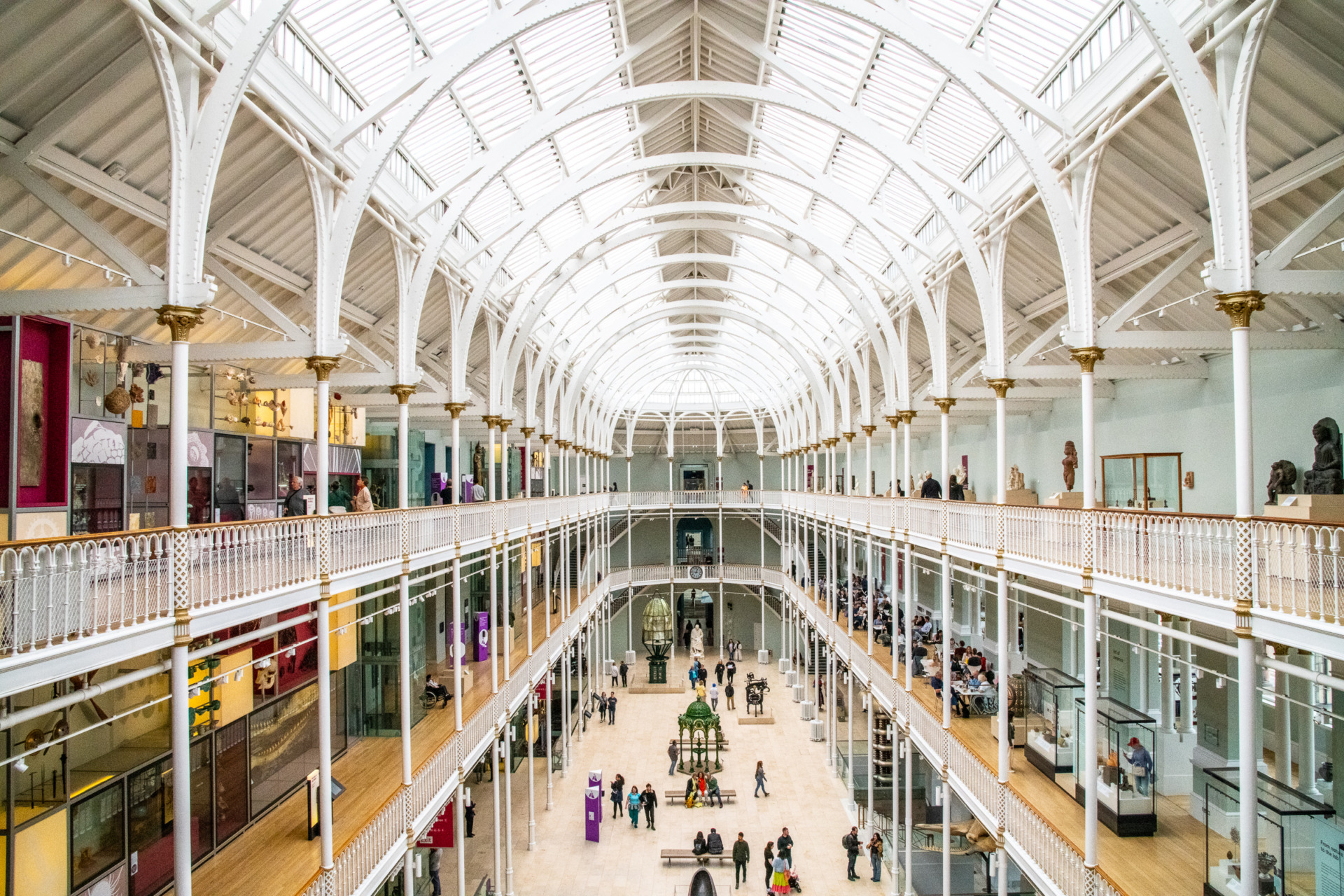
With its comprehensive cultivated collections, the National Museum of Scotland is one of the best museums I've visited in the world
As I walked the morning streets of Edinburgh, I relished the history of the stones, the walkways and the city itself. The city was alive, electric and vibrant. I saw so many people who looked like me, walking along the centuries old streets.
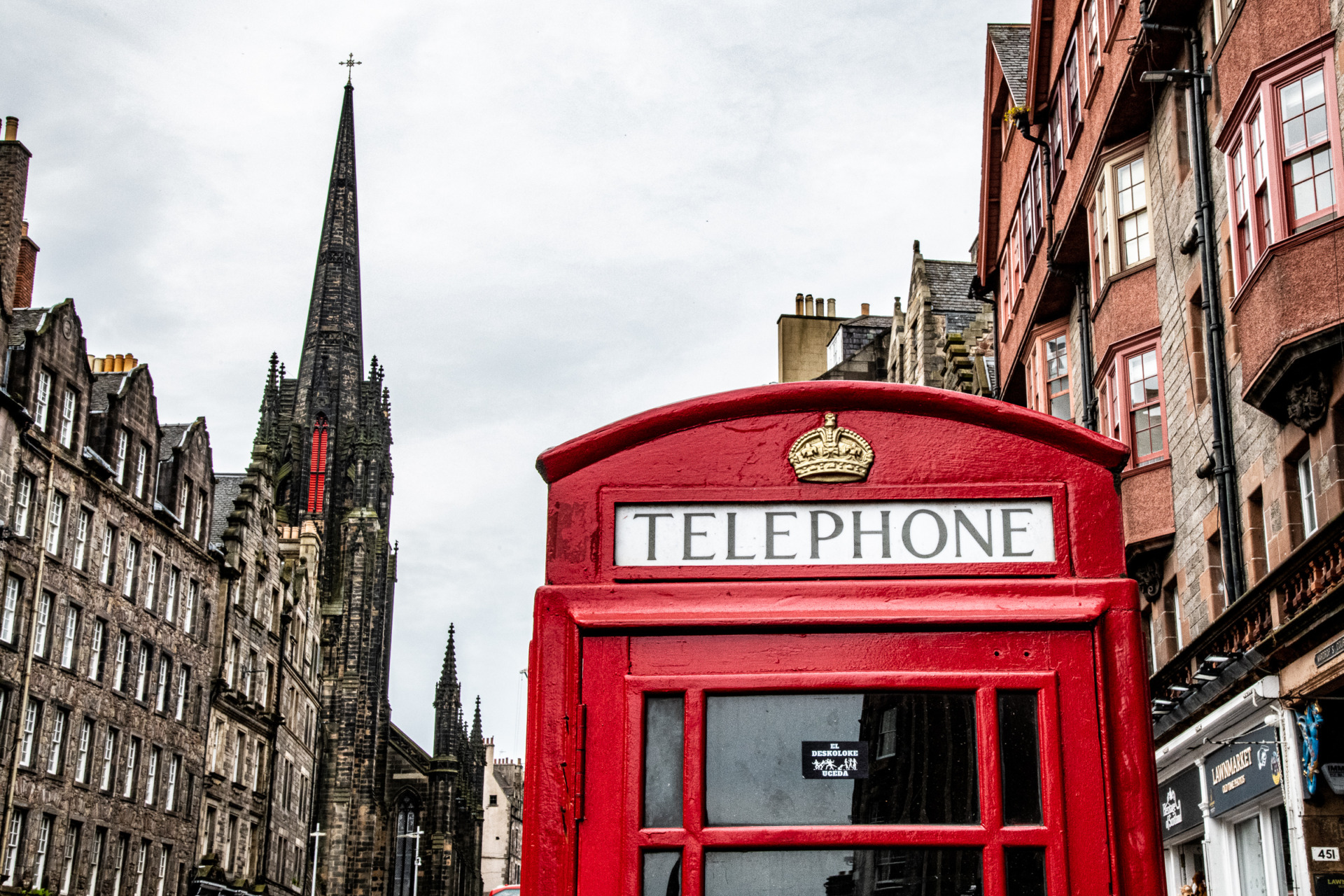
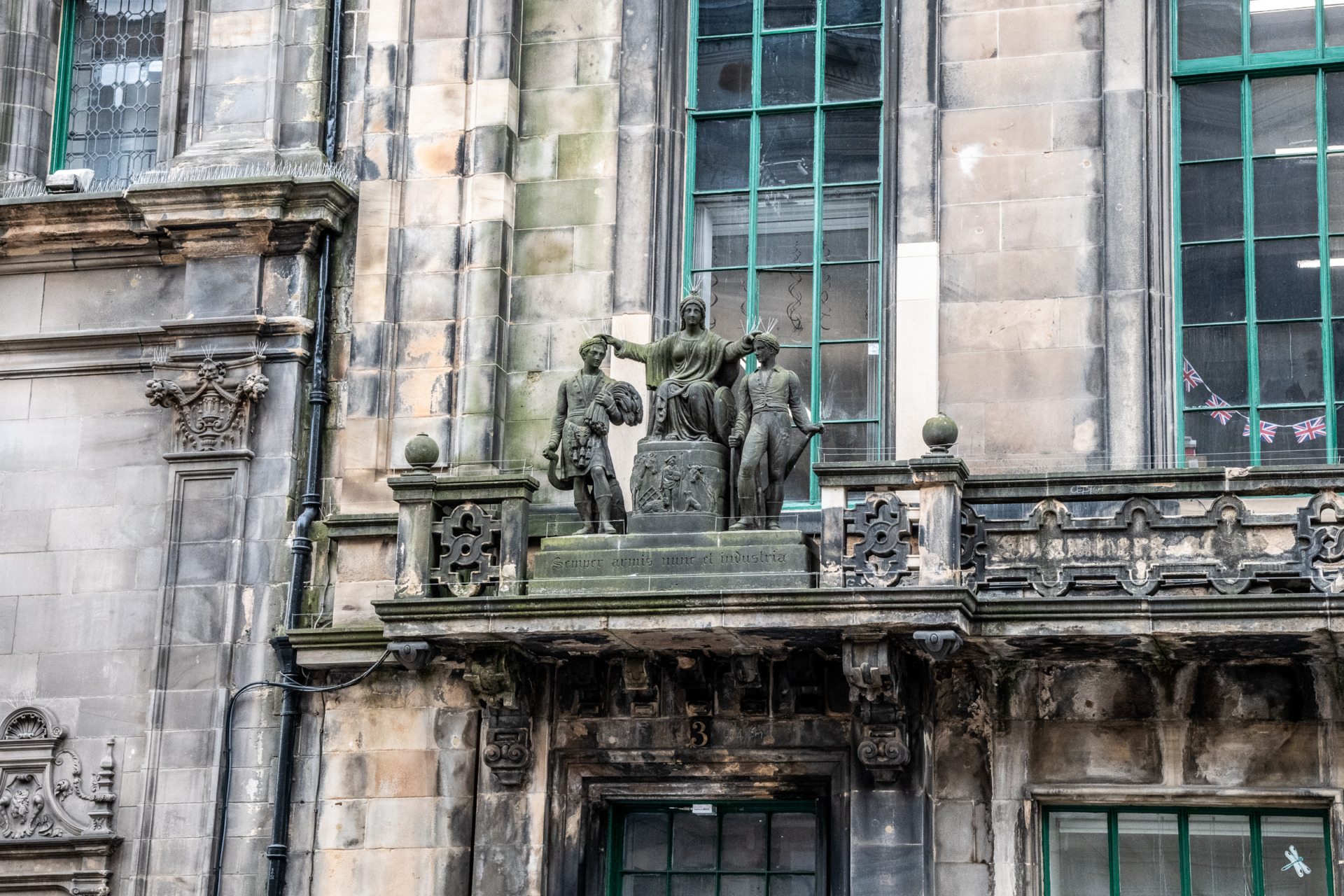
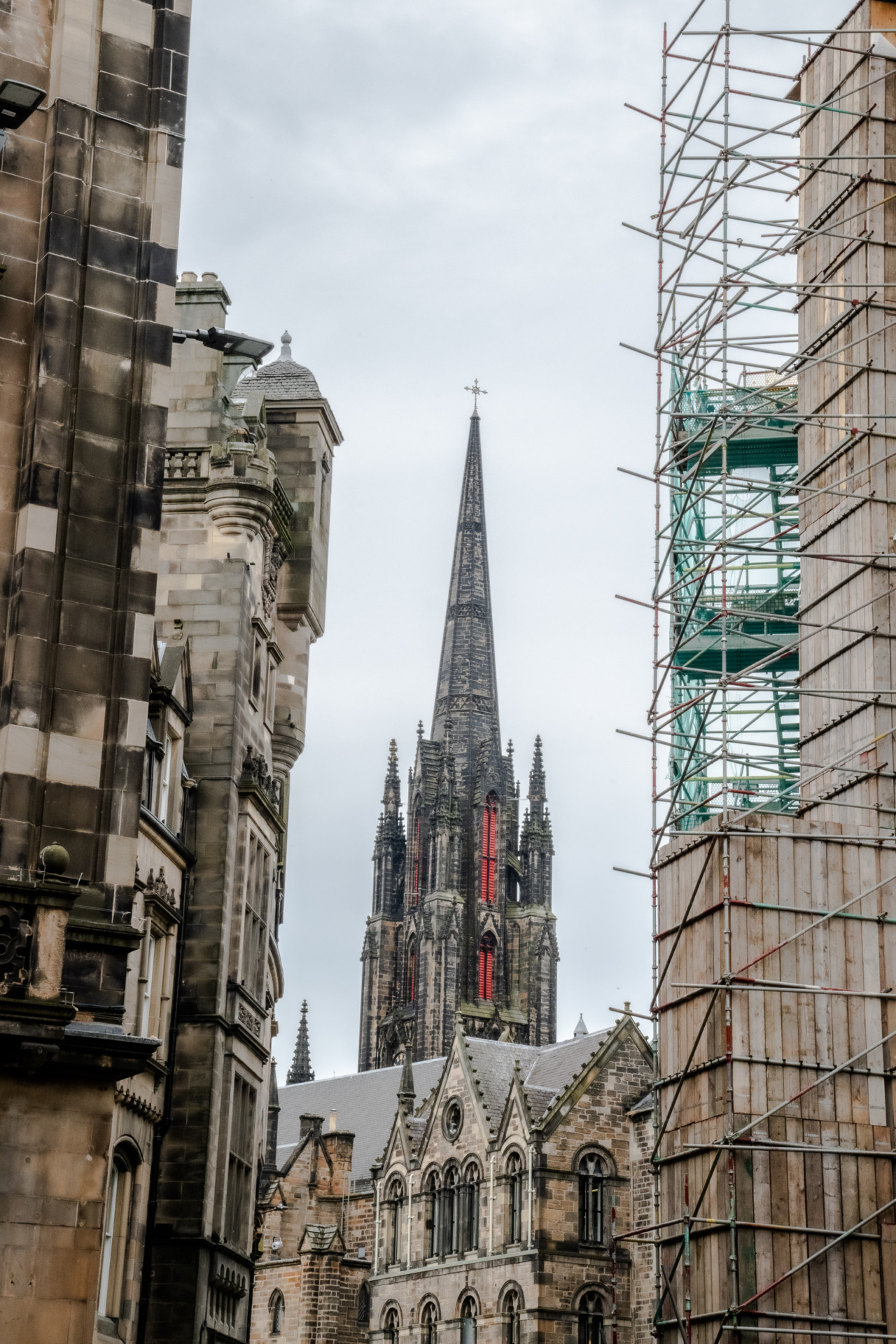
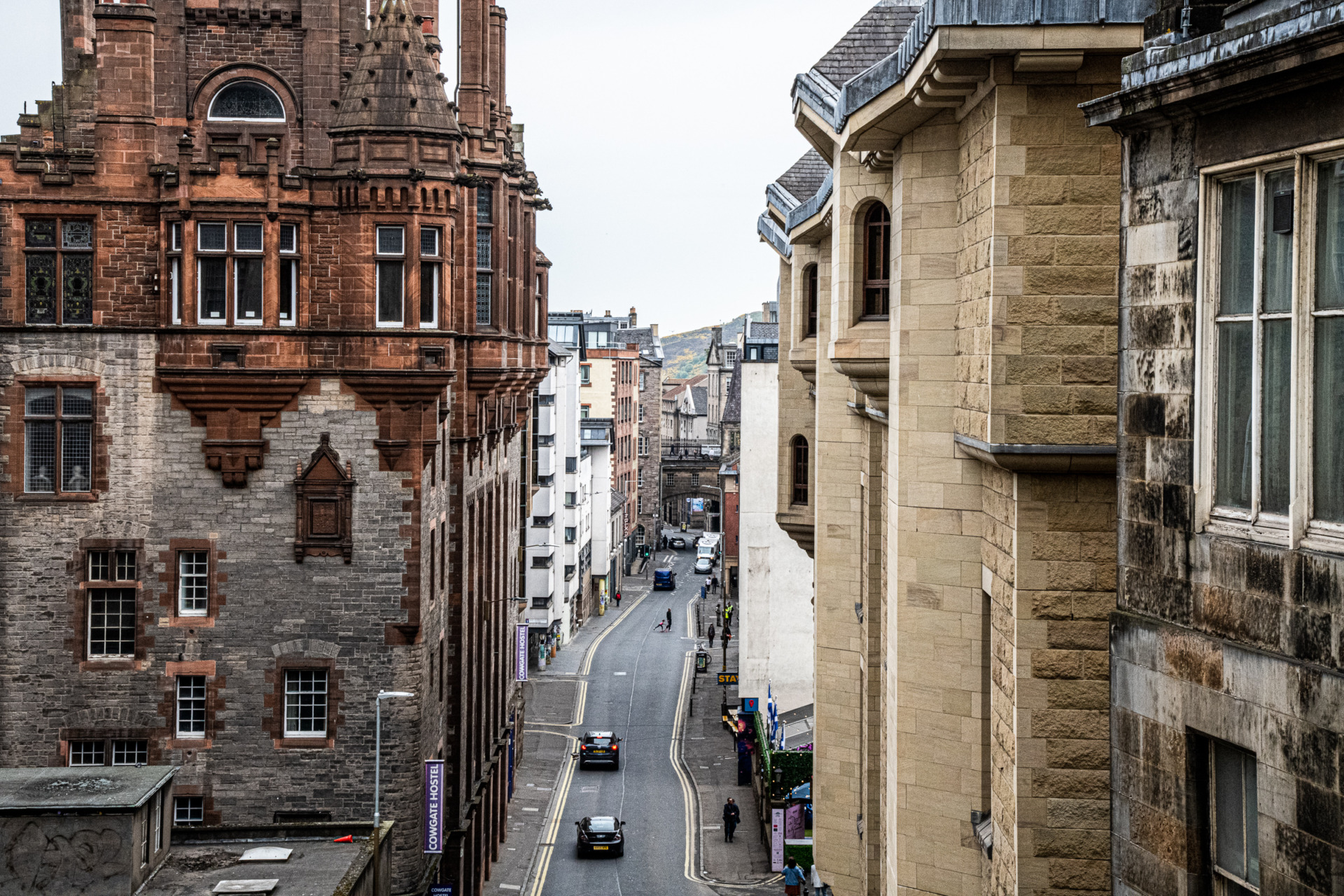
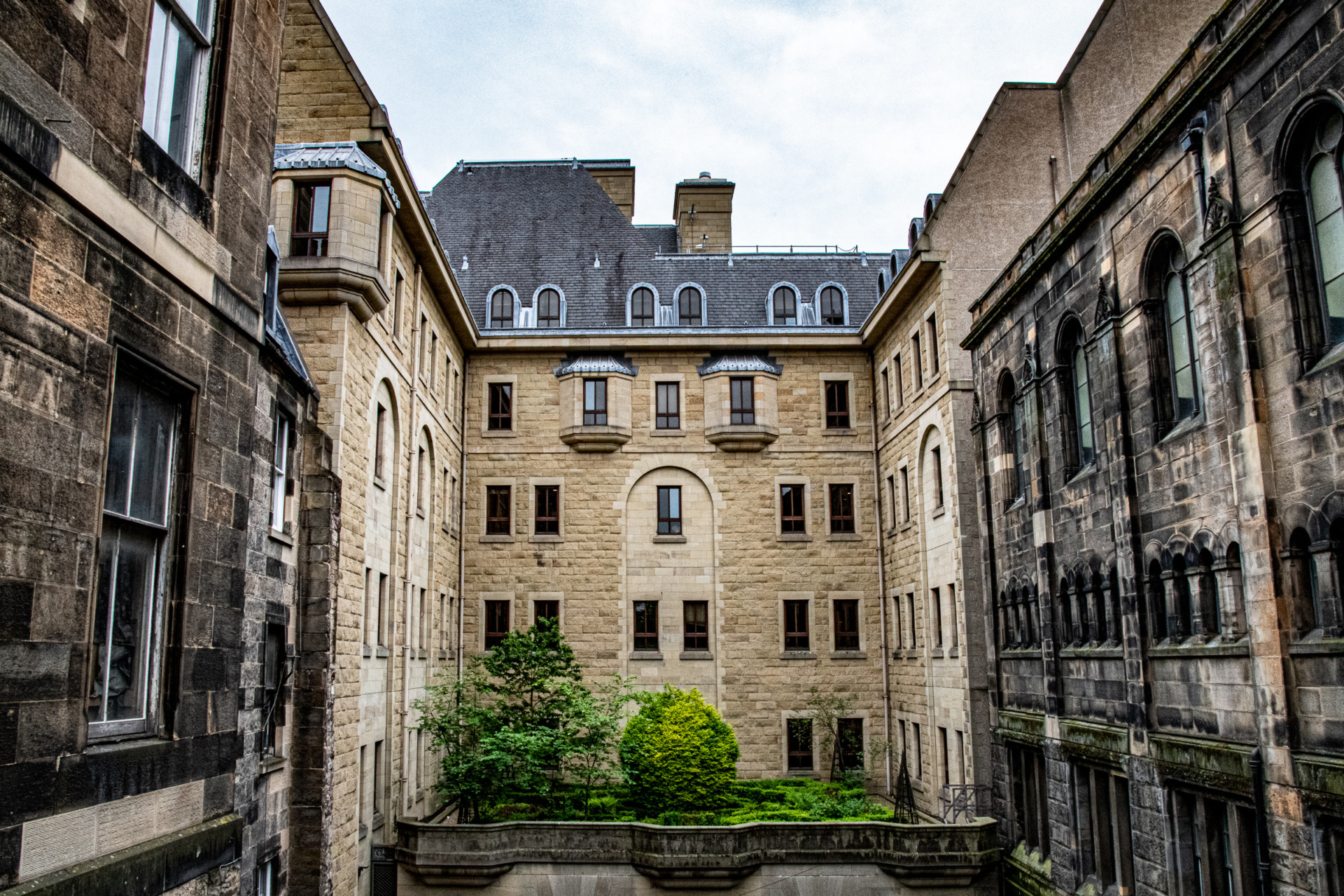
In deciding my day, I knew that the main museum I wanted to visit was the National Museum of Scotland. It seemed relatively walkable from my hotel, the Kimpton Charlotte Square. I had to ask for corrected directions once, from a very friendly police person. As I meandered, I just felt so much happiness for the opportunities that saying yes to seeing Beyonce in Scotland brought me.
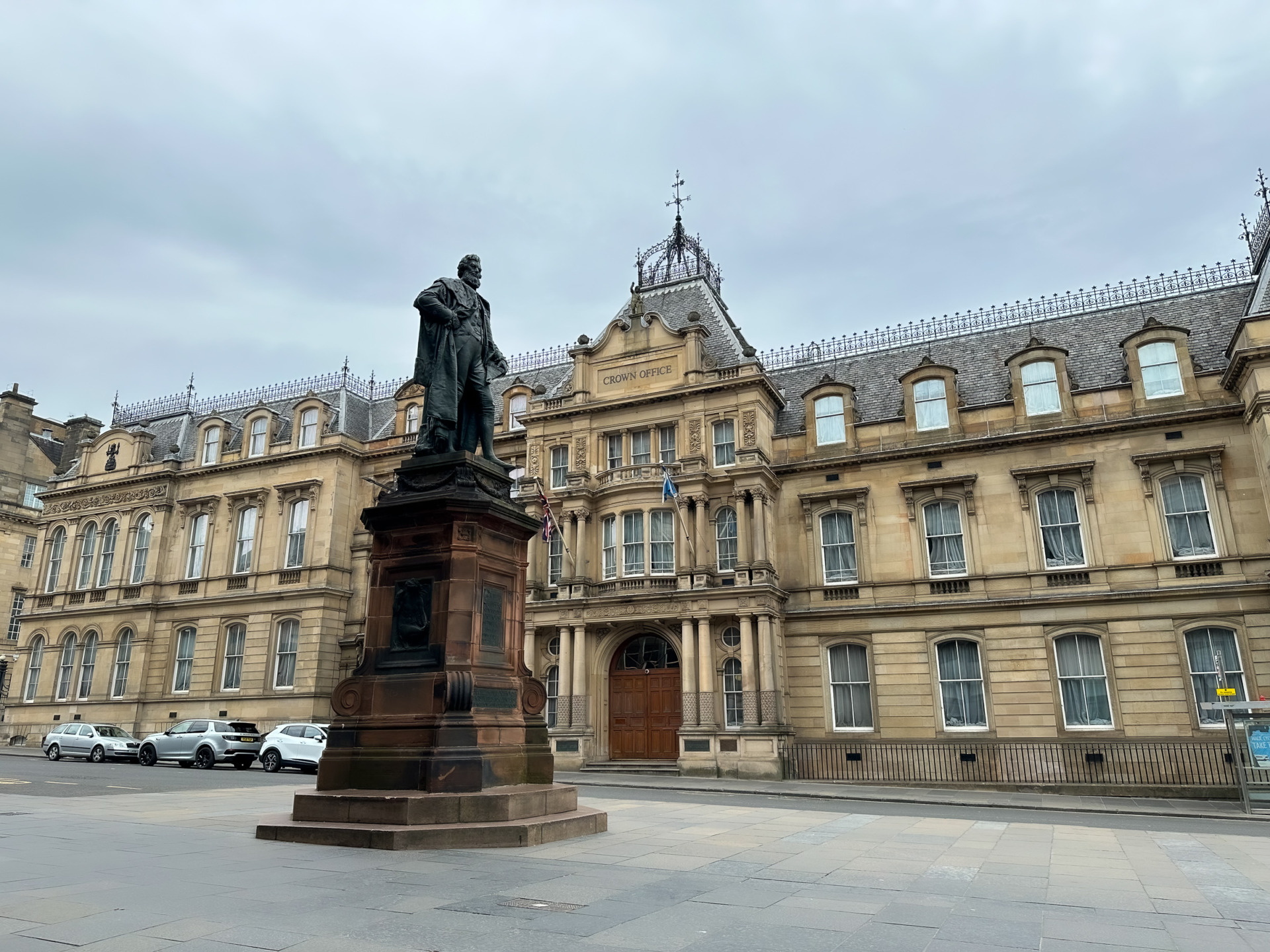
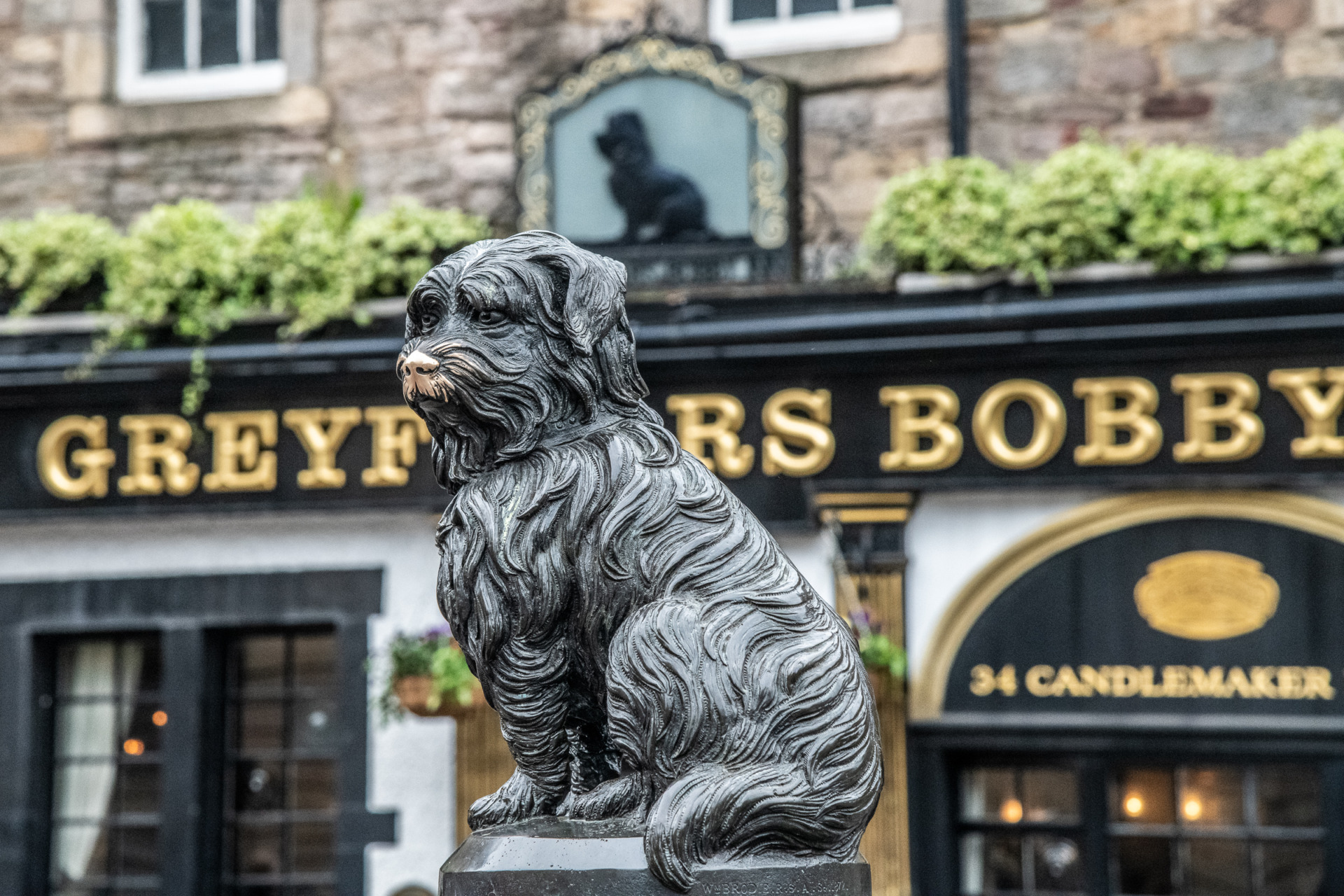
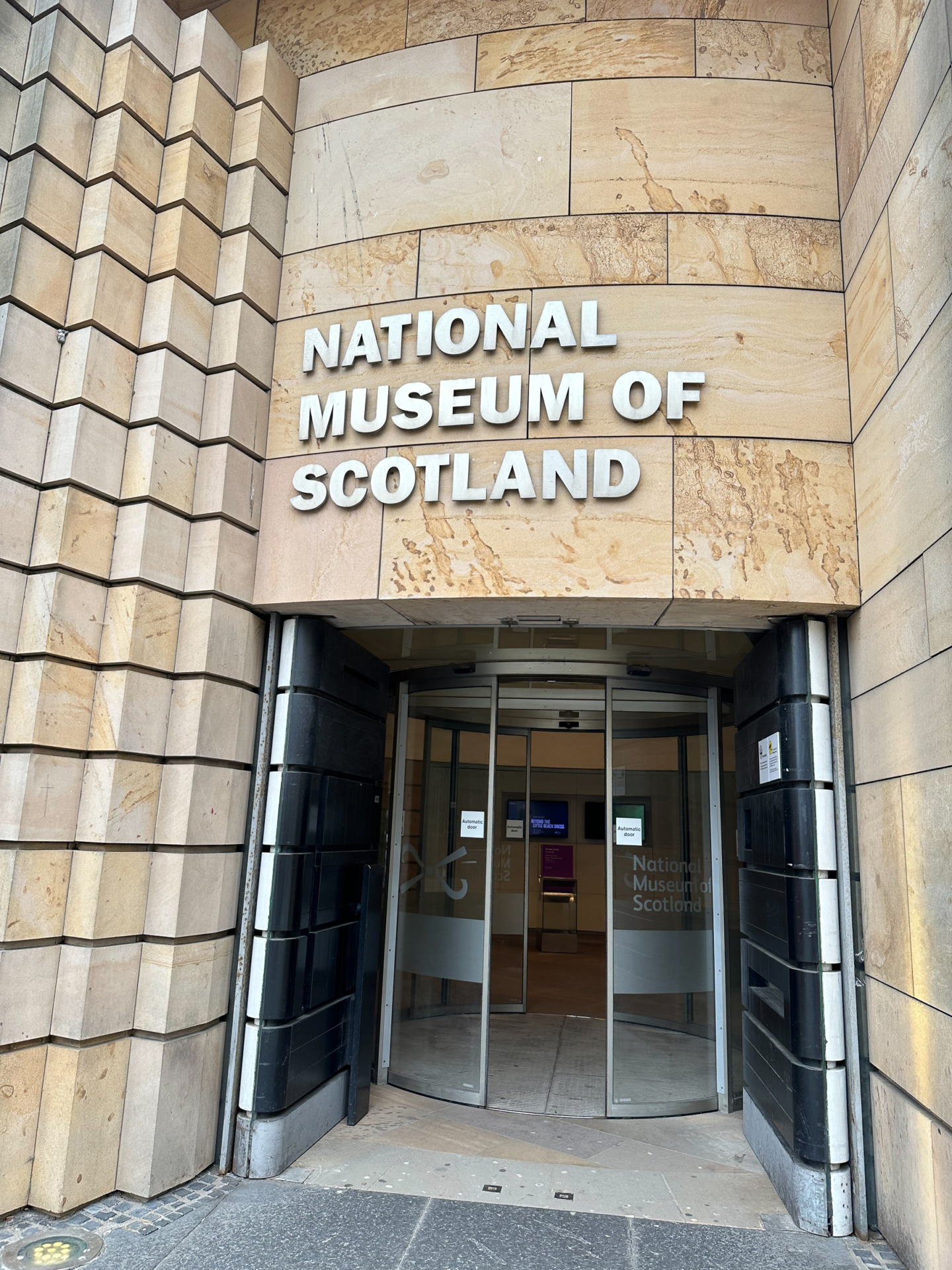
The National Museum of Scotland was, in a world, breathtakingly beautiful. I loved touring the collections of collected artifacts alongside learning about the history of Scotland.
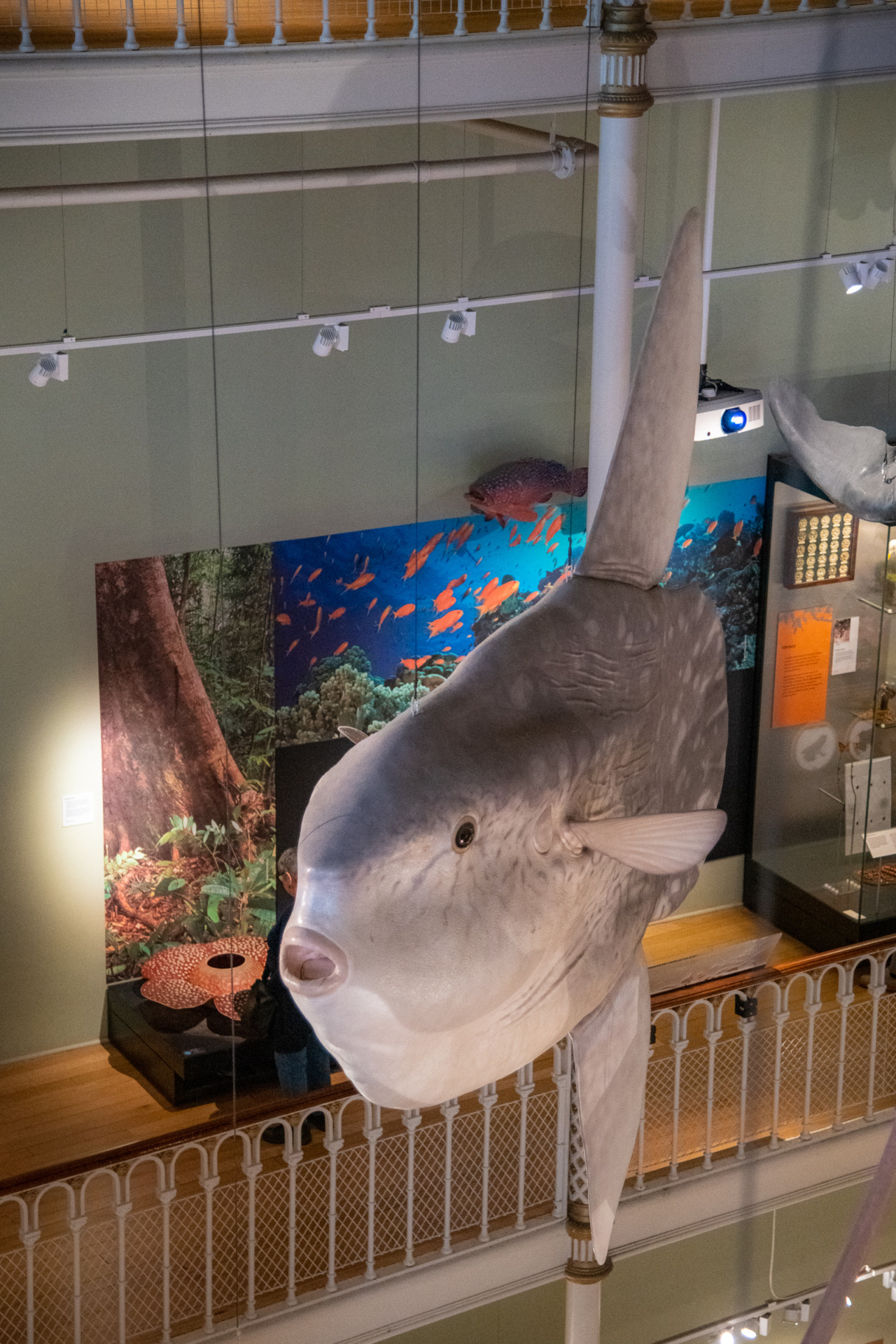
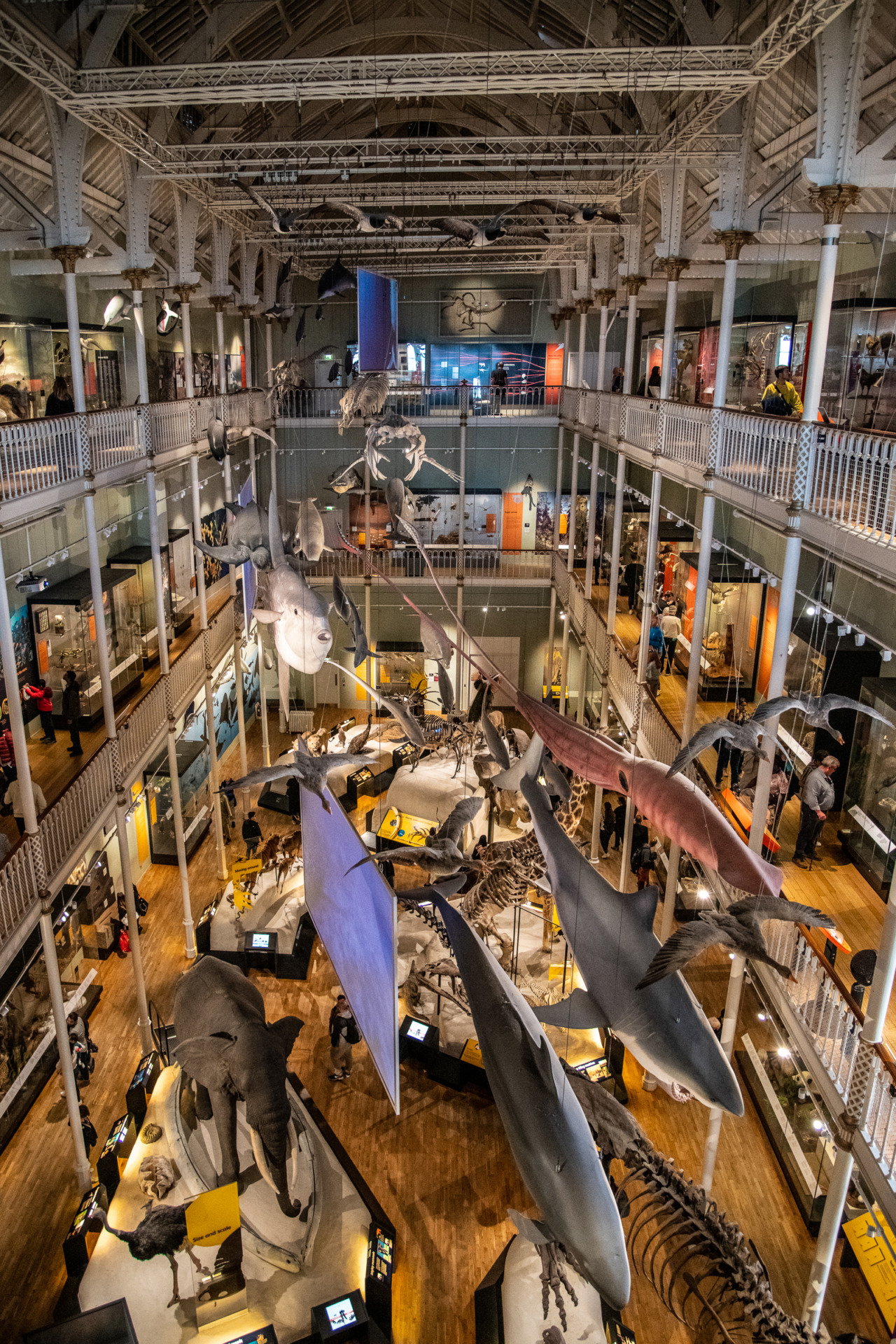
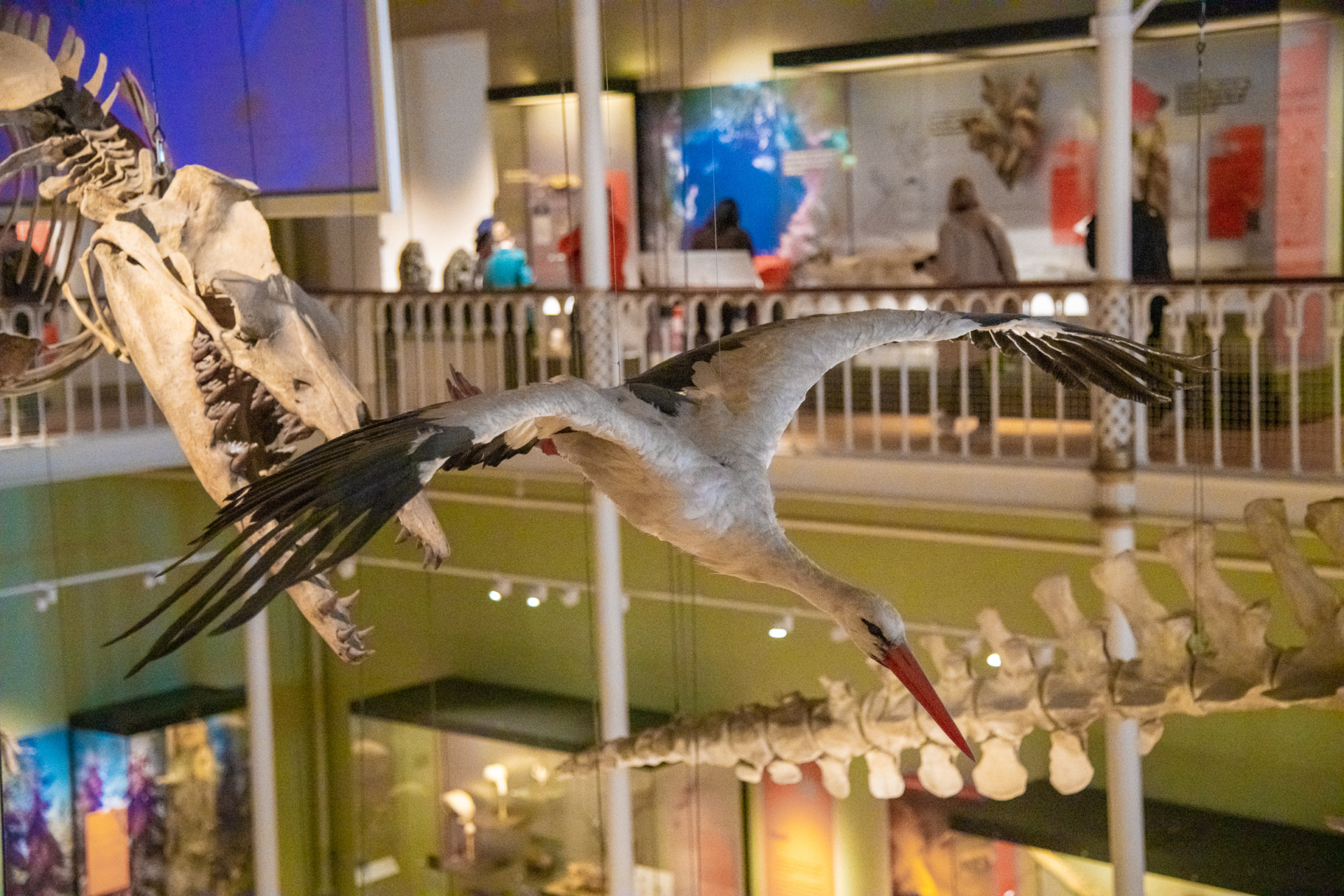
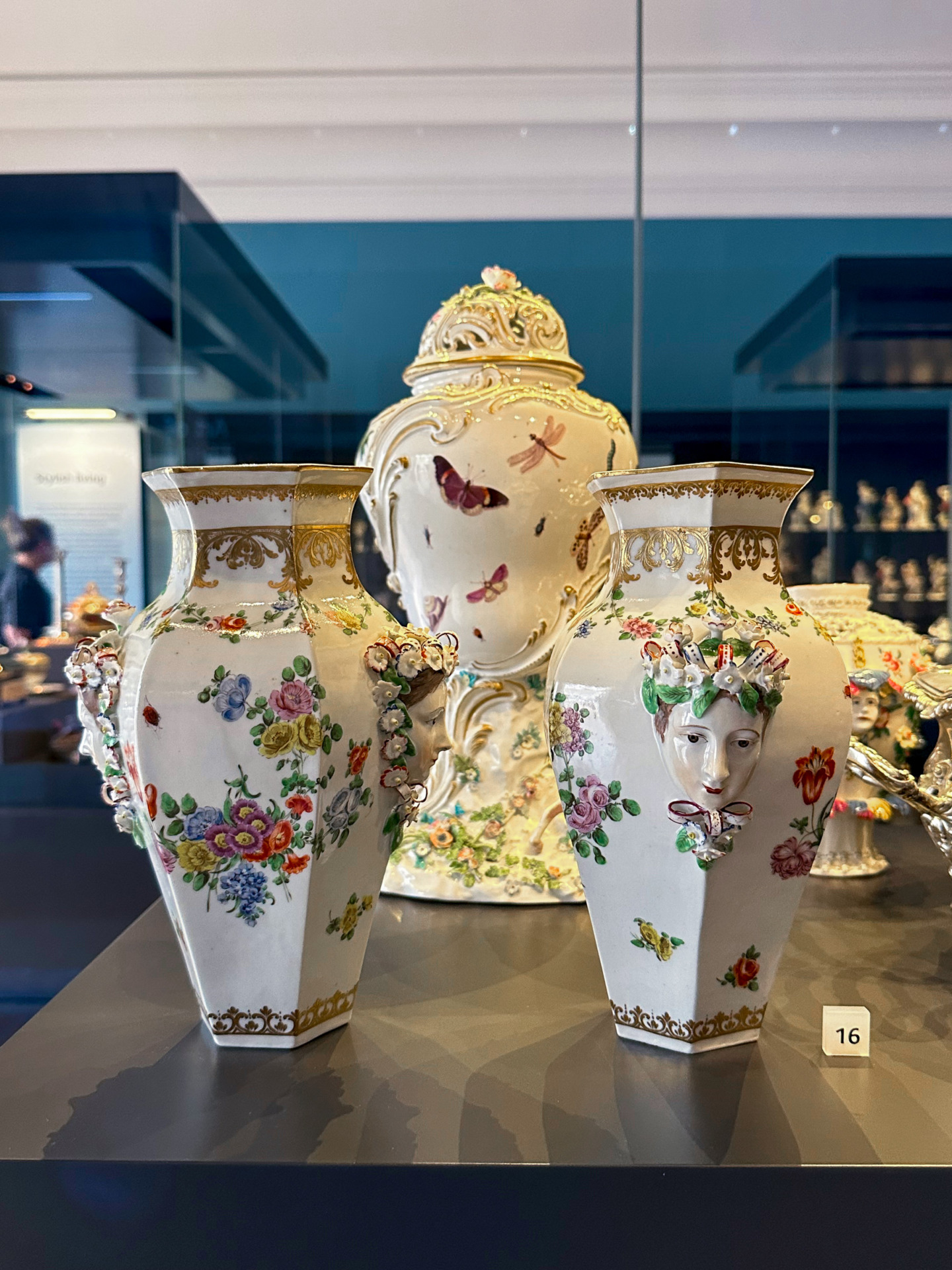
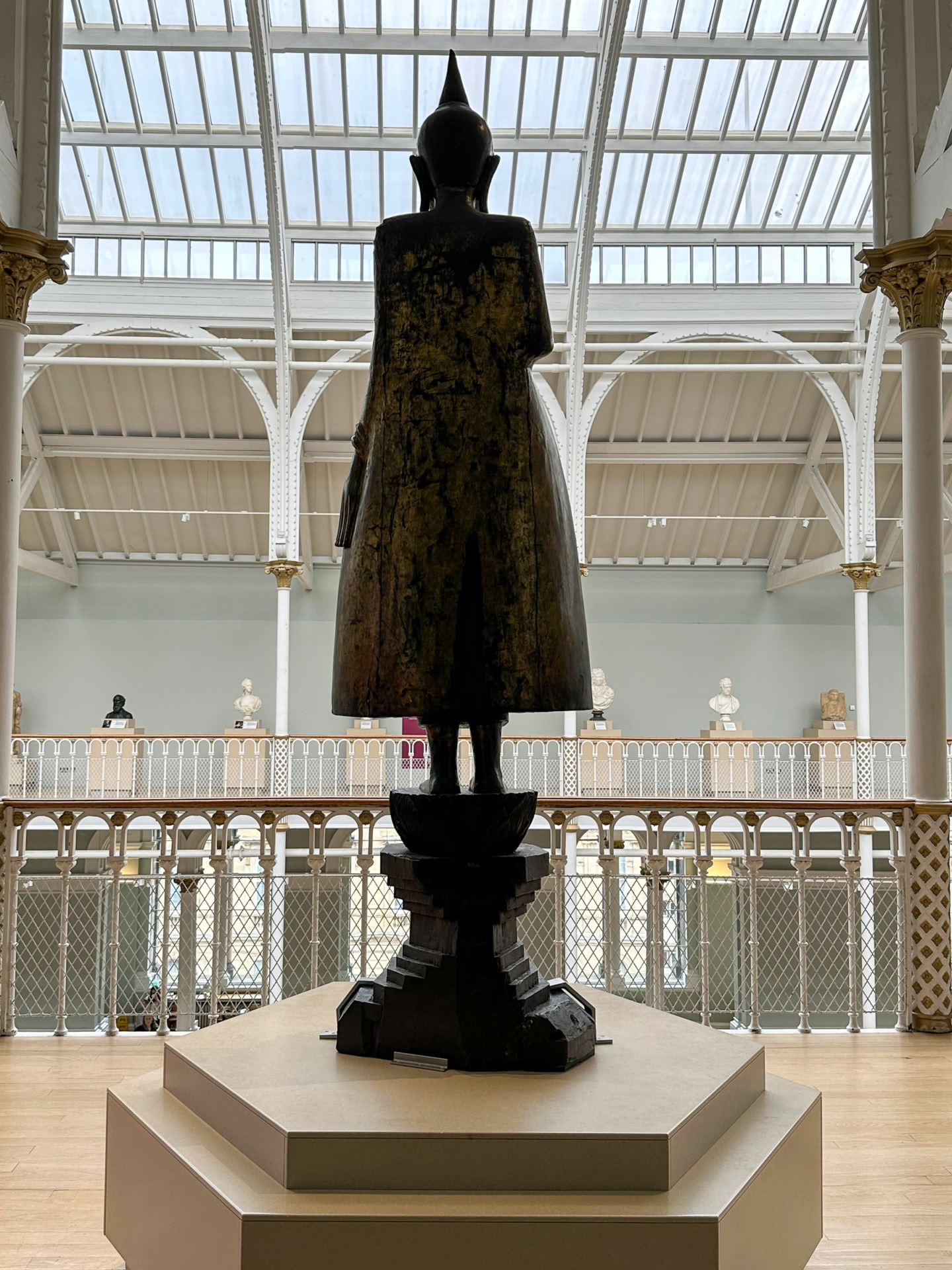
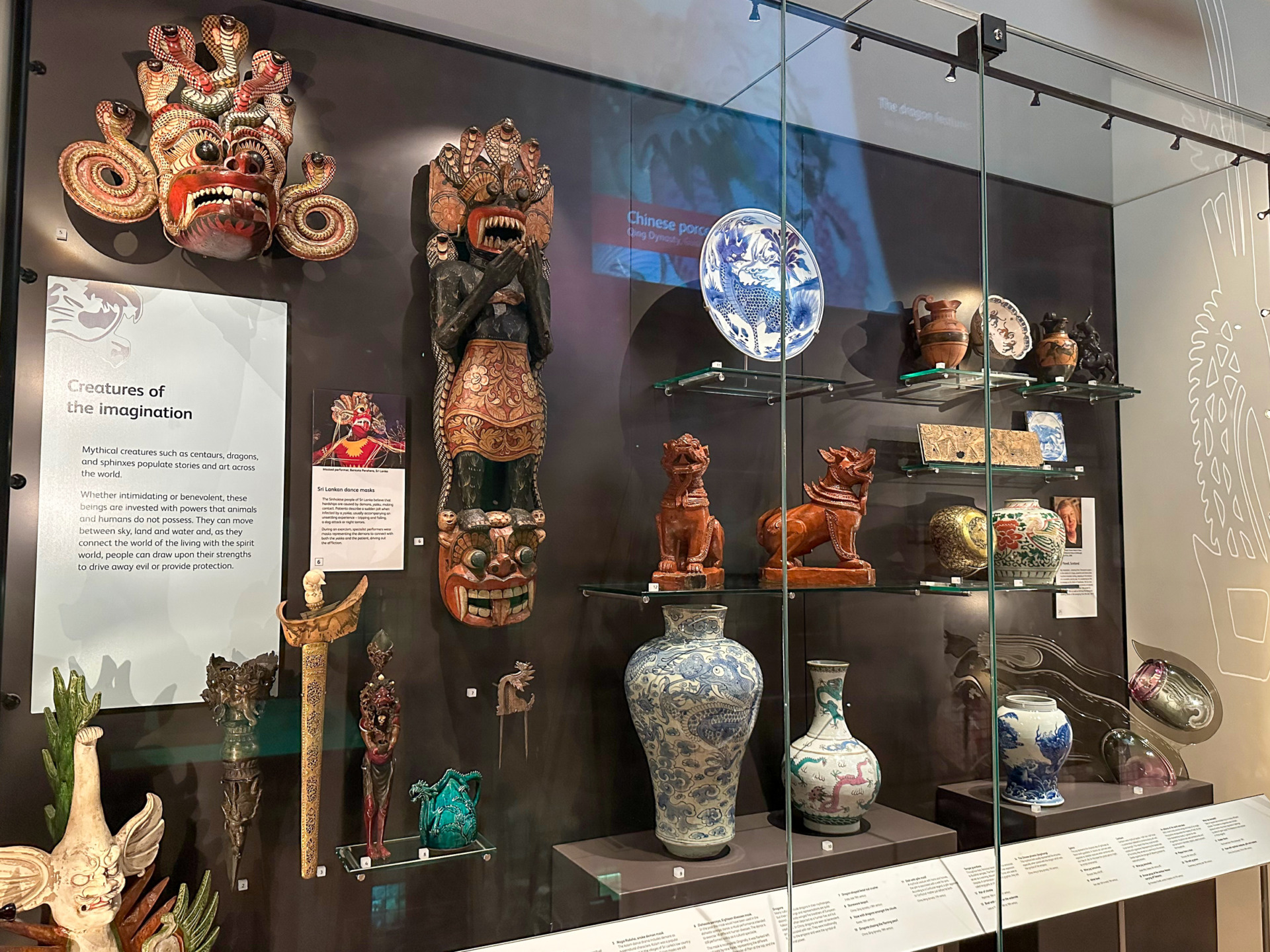
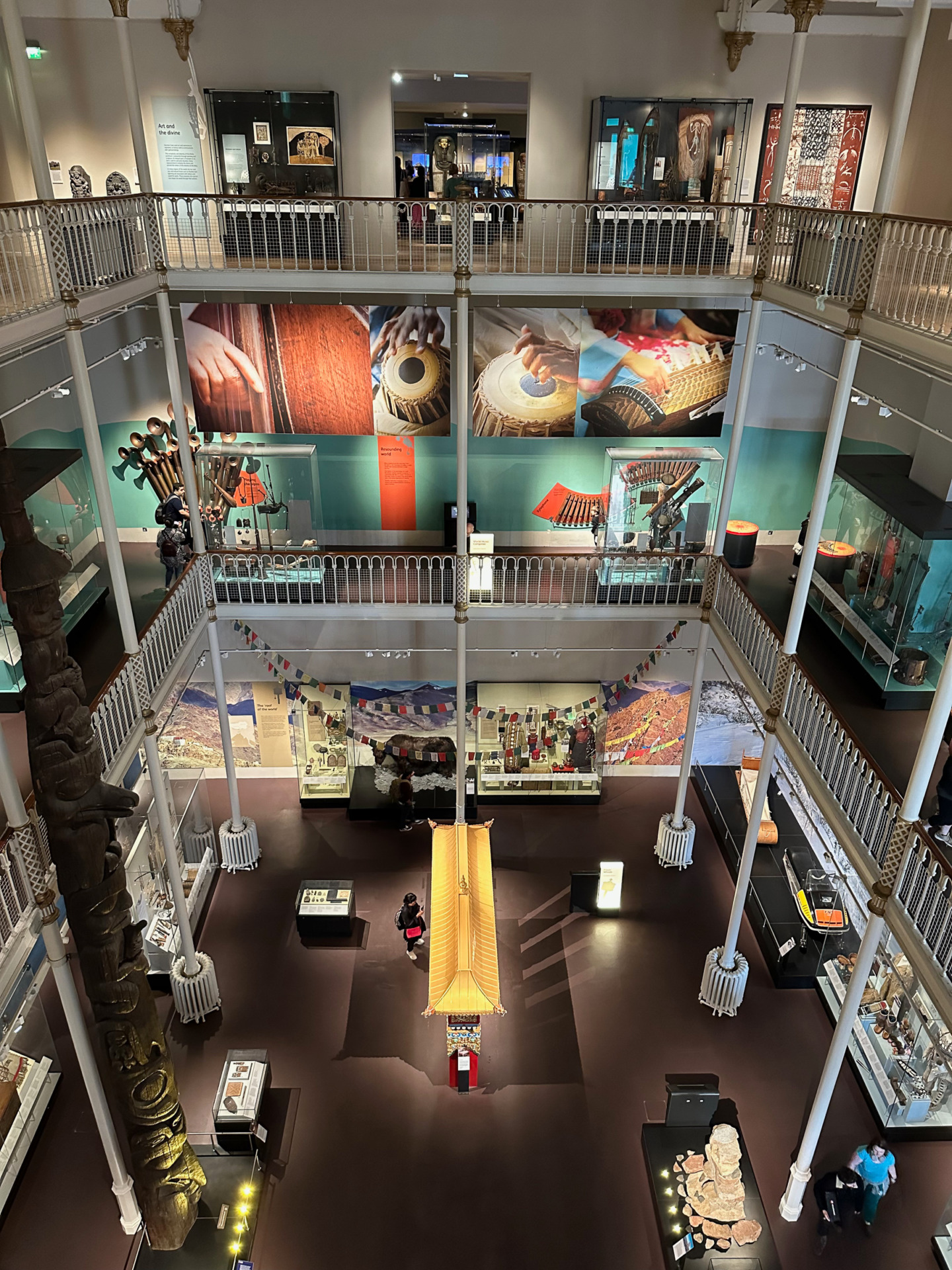
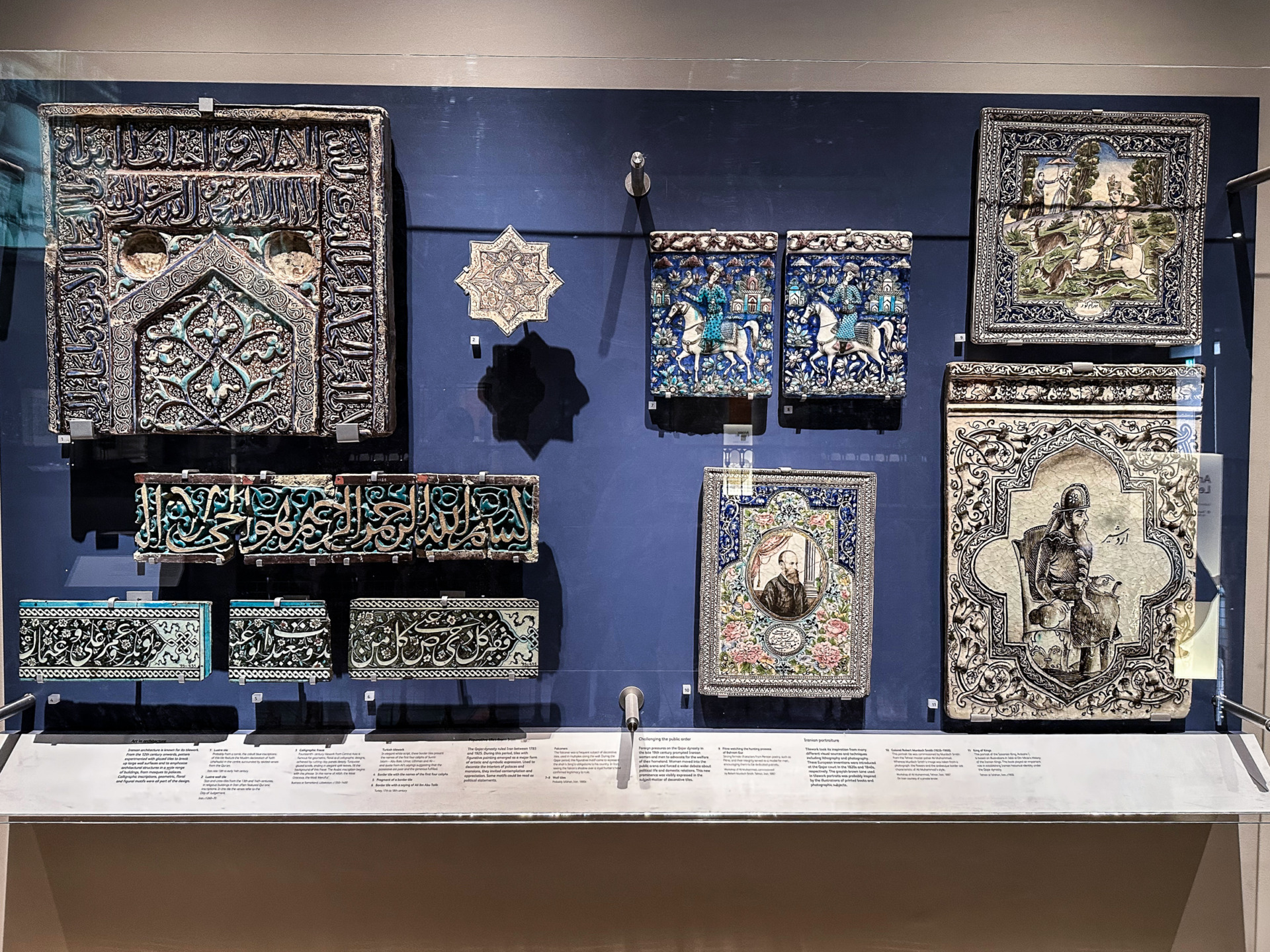
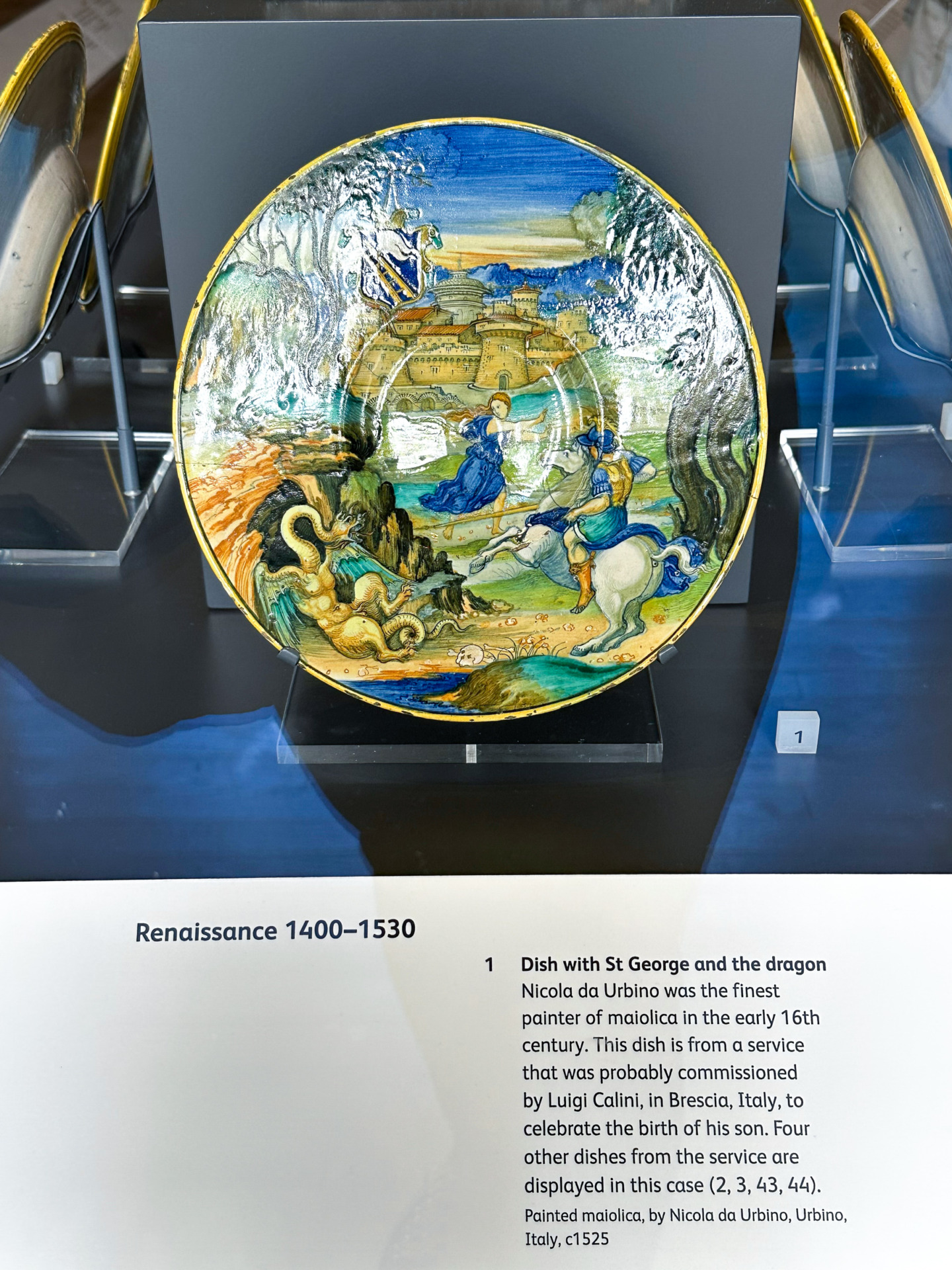
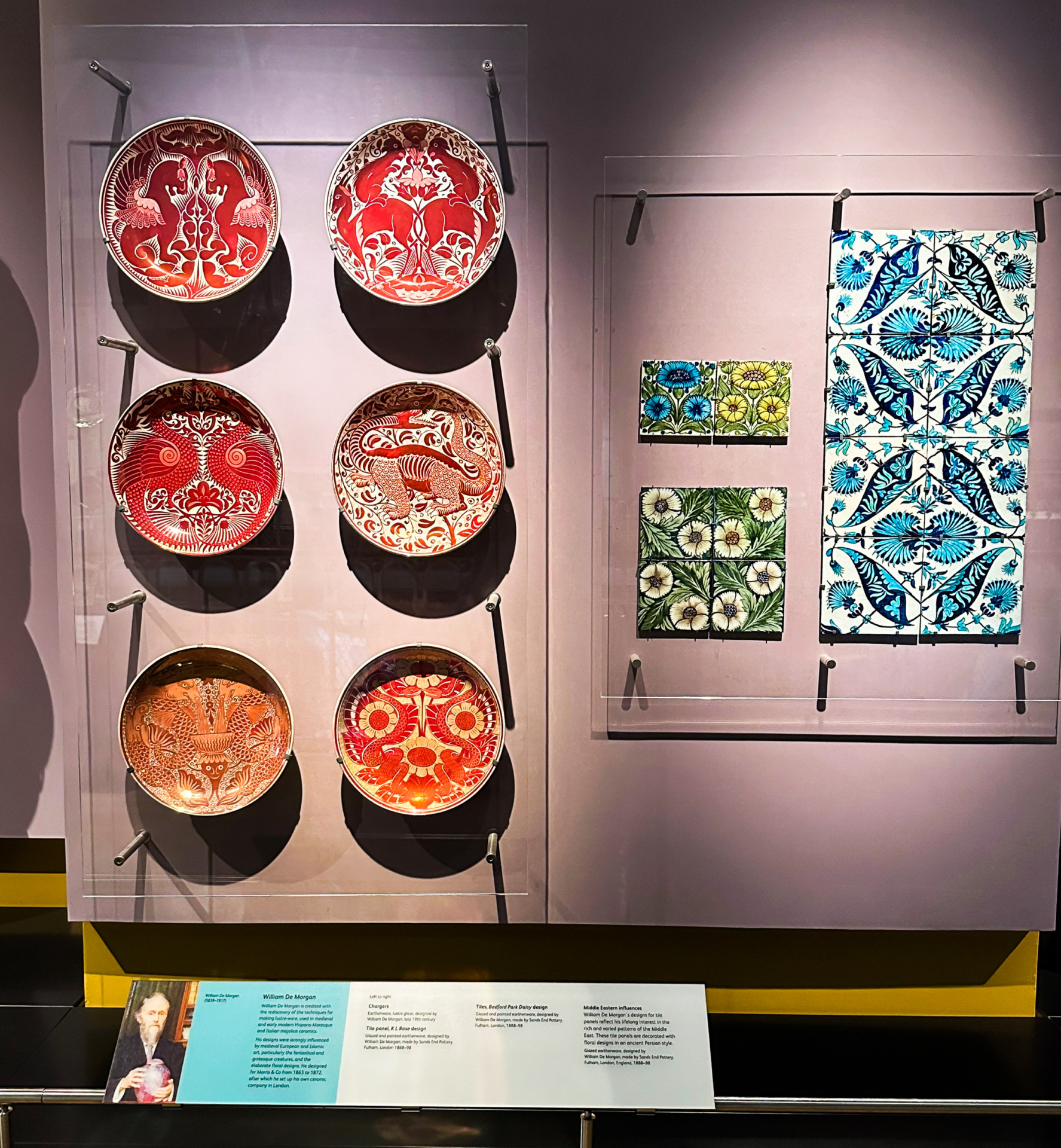
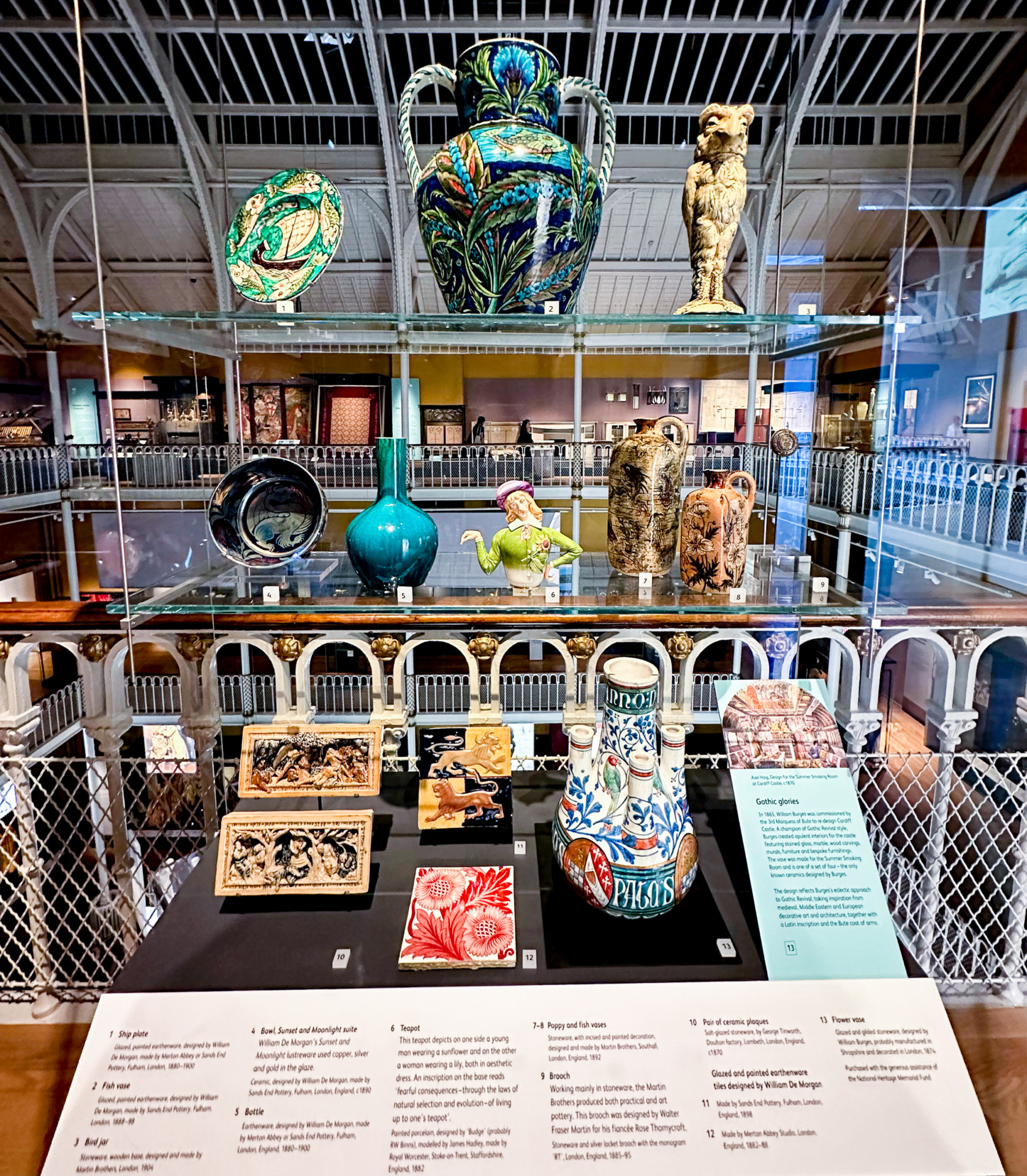
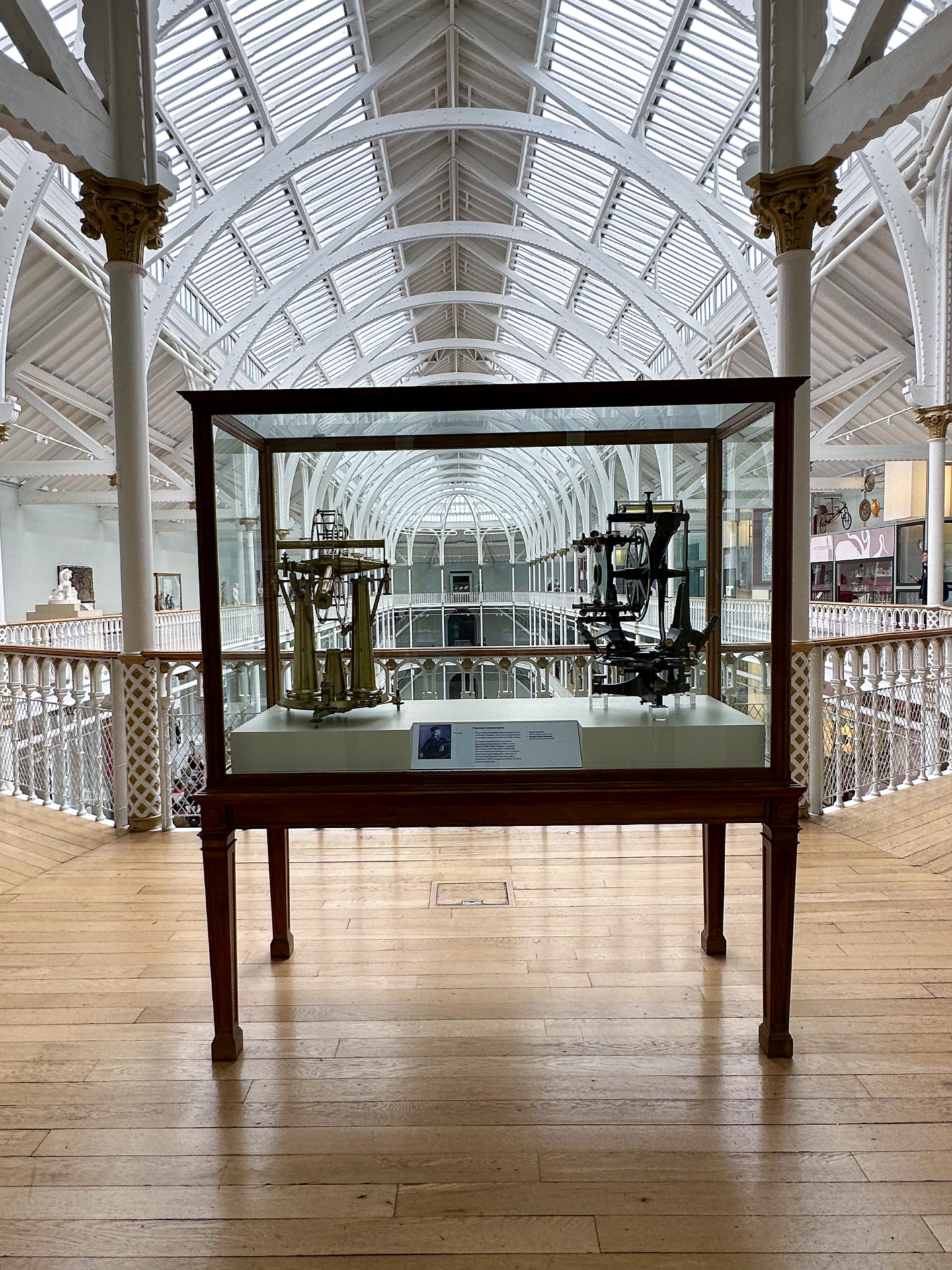
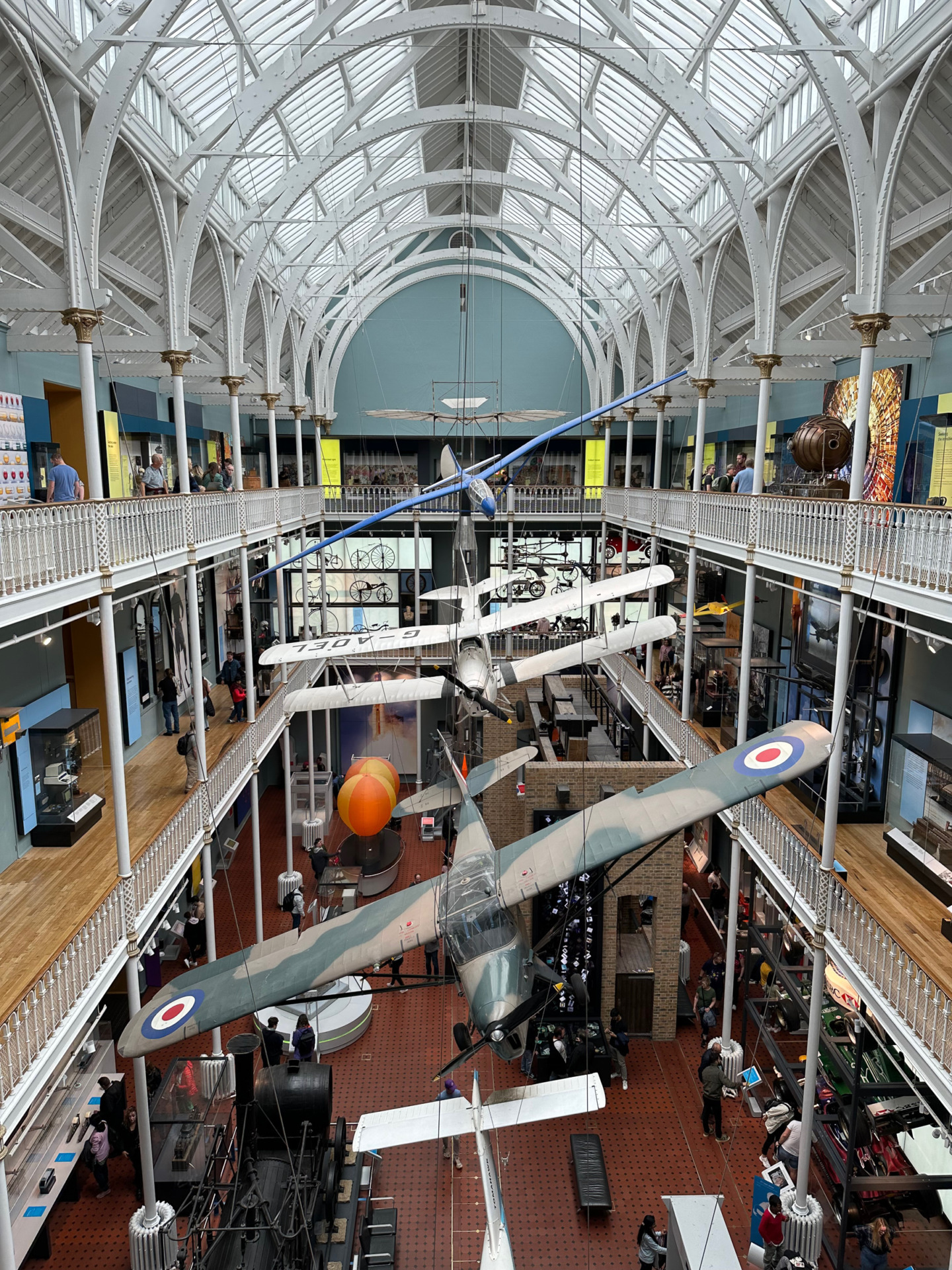
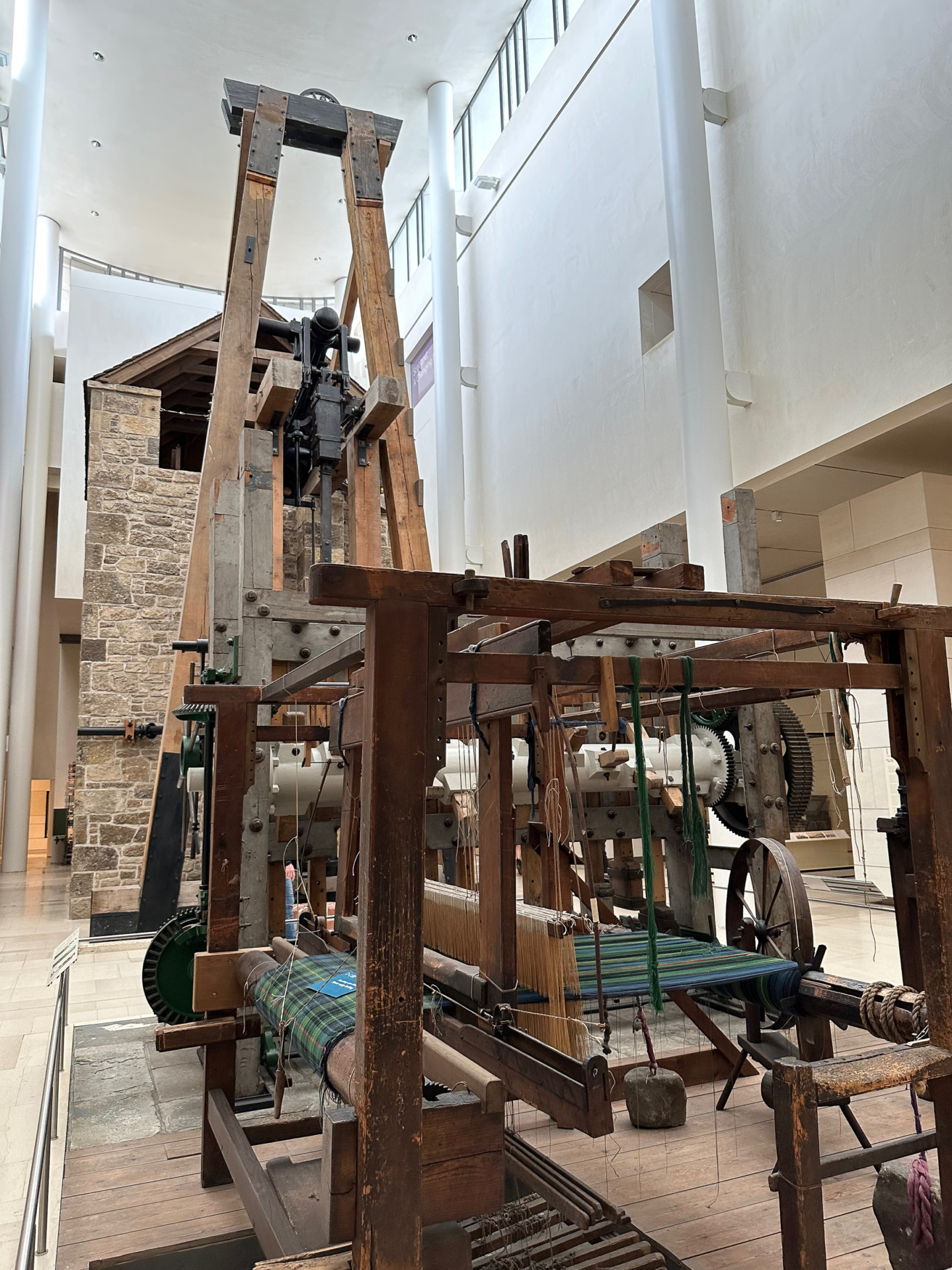
Plus, viewing the ARTHUR’S SEAT COFFINS were wild. Some history:
The Arthur’s Seat Coffins, also known as the Miniature Coffins, are a collection of tiny wooden coffins discovered on Arthur’s Seat, a hill located in Edinburgh, Scotland. These coffins have become an intriguing mystery that has fascinated people for centuries.
The story begins in 1836 when a group of boys discovered a series of small caves on the slopes of Arthur’s Seat. Inside these caves, they stumbled upon a total of 17 miniature coffins. Each coffin measured around 4 inches (10 cm) in length and was intricately crafted with wooden lids and dressed in different colors of fabric. The coffins were arranged in three tiers, with each tier containing eight coffins, and an additional single coffin on the side.
Over the years, various theories have emerged to explain the presence of the Arthur’s Seat Coffins. Some speculated that they were the work of a disturbed individual, perhaps used in witchcraft or as part of a burial ritual. Others believed the coffins represented a symbolic representation of the victims of notorious Scottish murderers, such as Burke and Hare.
One prevalent theory suggests that the coffins were part of a tradition known as “ritual magic” or “sympathetic magic.” This theory suggests that the coffins were created to represent individuals who had died or to serve as protection against malevolent forces. However, the exact purpose and meaning behind the coffins remain uncertain.
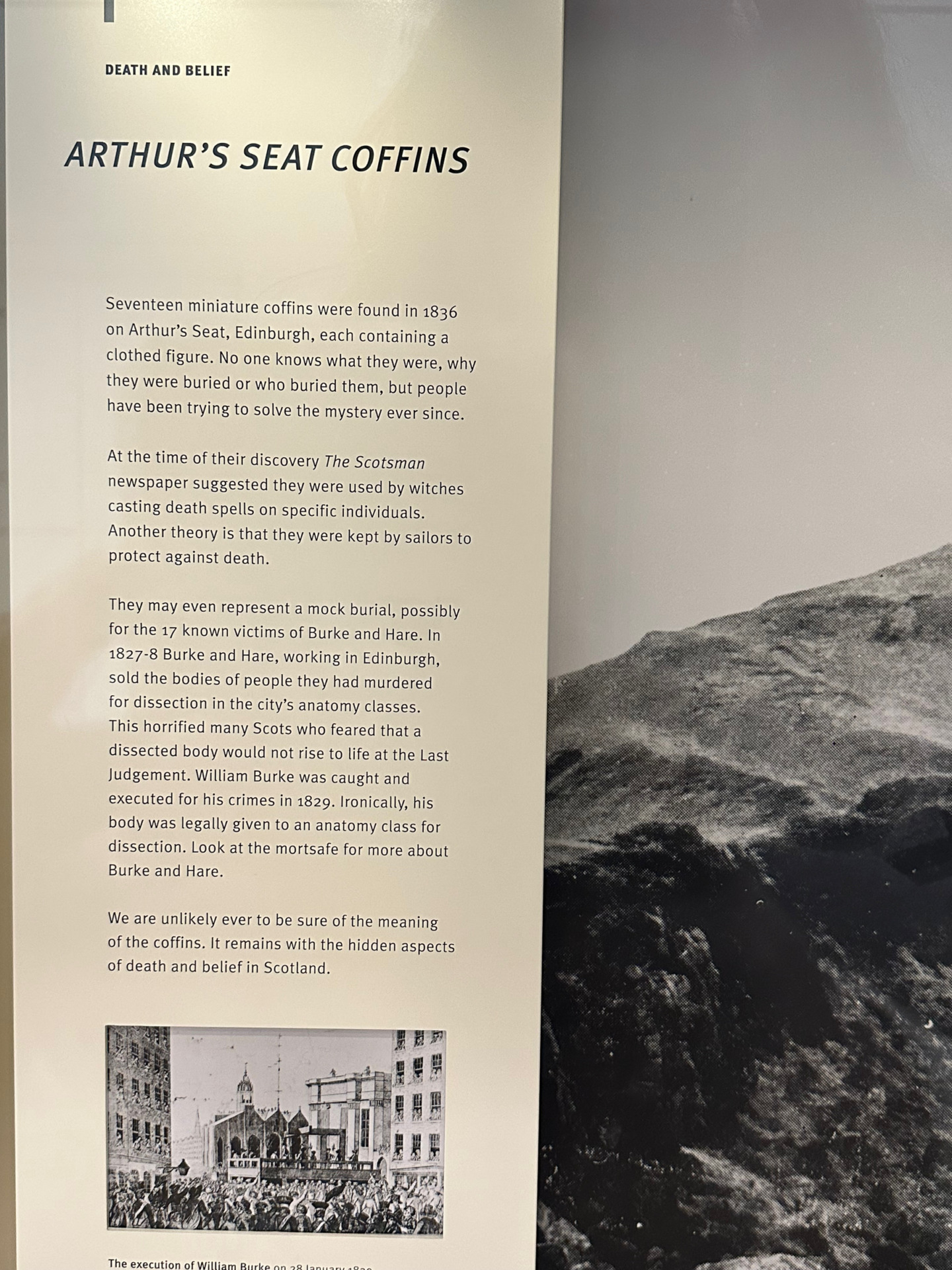
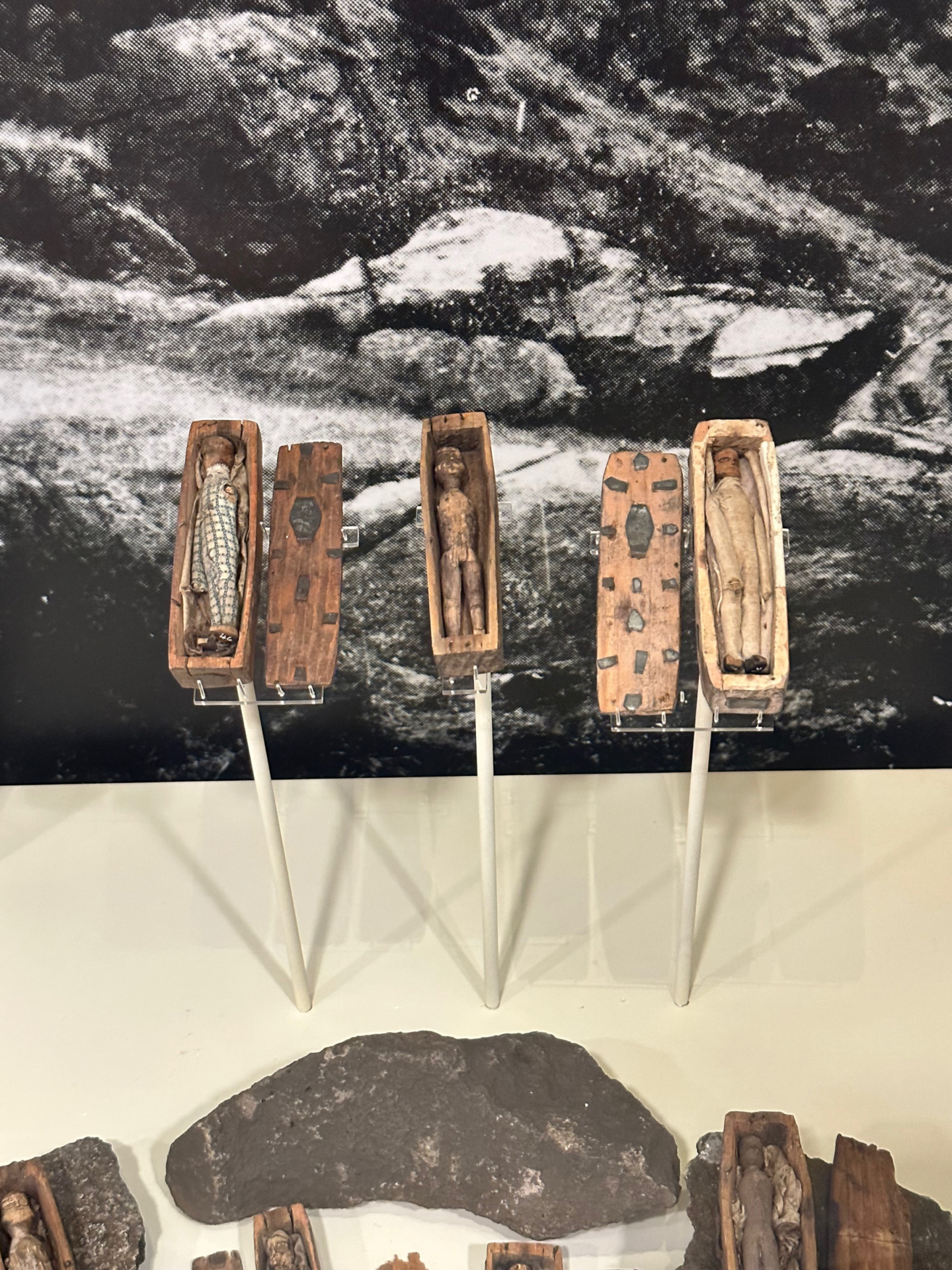
One thing I appreciated was the way that the museum approached death in Scottish clan culture. The death rites were communal and truly designed to honor life – and death. It was – refreshing compared to American culture, to say the least. It reminded me of feelings I had while touring the British Museum. I view the way cultures respect and honor their ancestors, as a reflection on the society itself. You see this in how they plan the necropolis / cemetery areas.
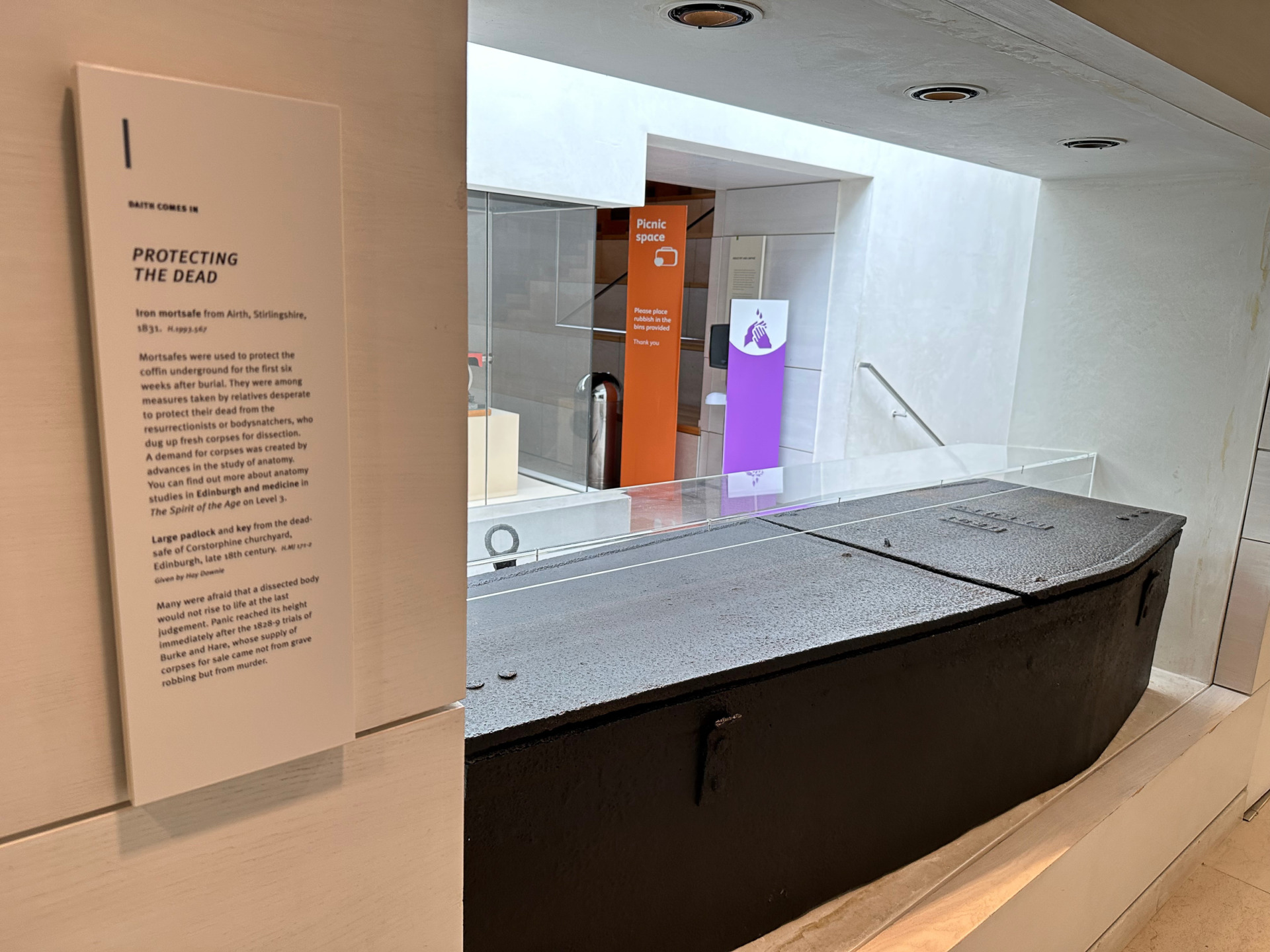
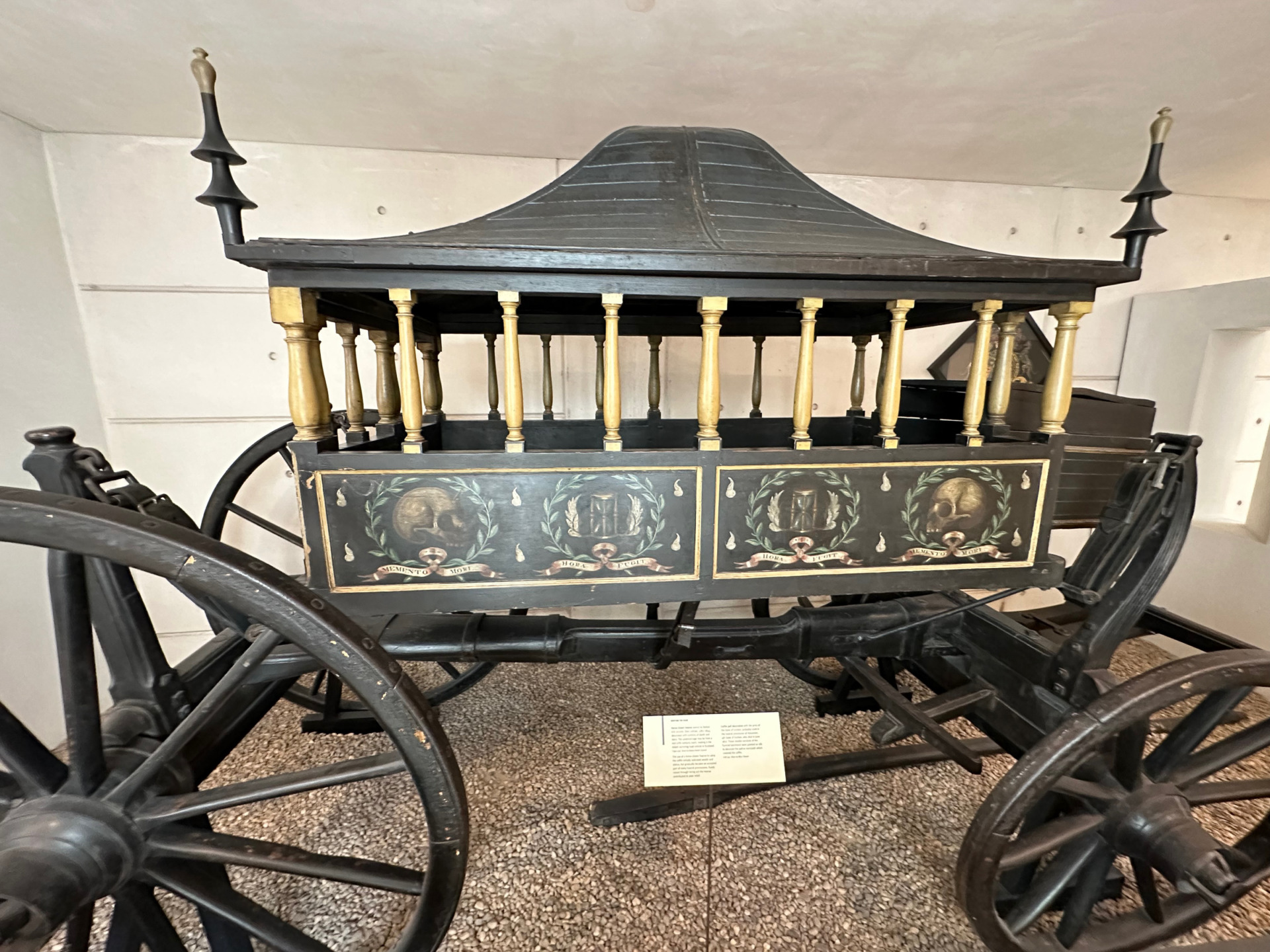
The way that the National Museum of Scotland comprehensively approached Scottish history, including Viking invasion, Roman rule and British conquest was profoundly well done. From the rooftop patio overlooking all of Edinburg to the displays below, there was simply too much to see, do and experience within a few hours.
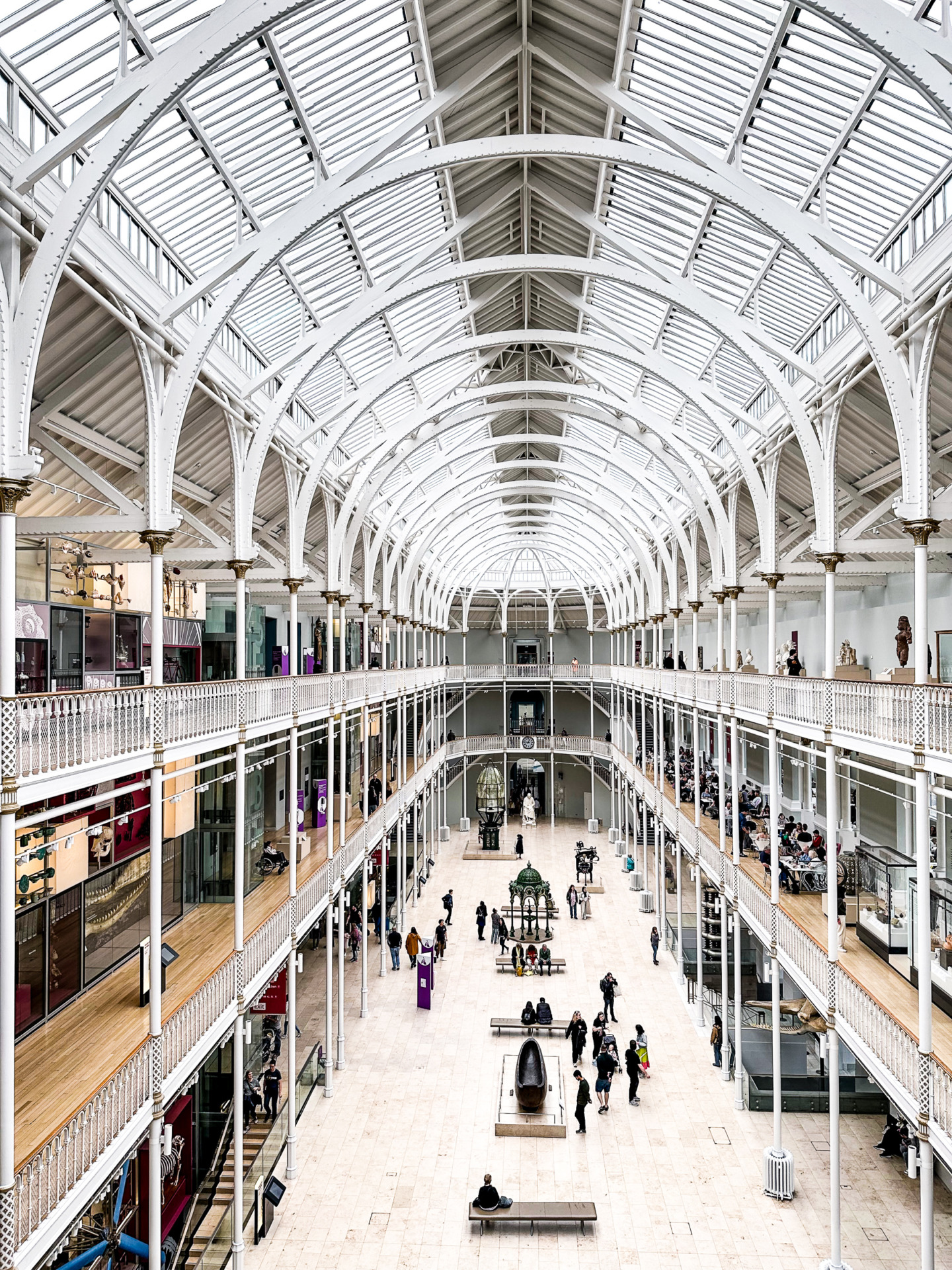
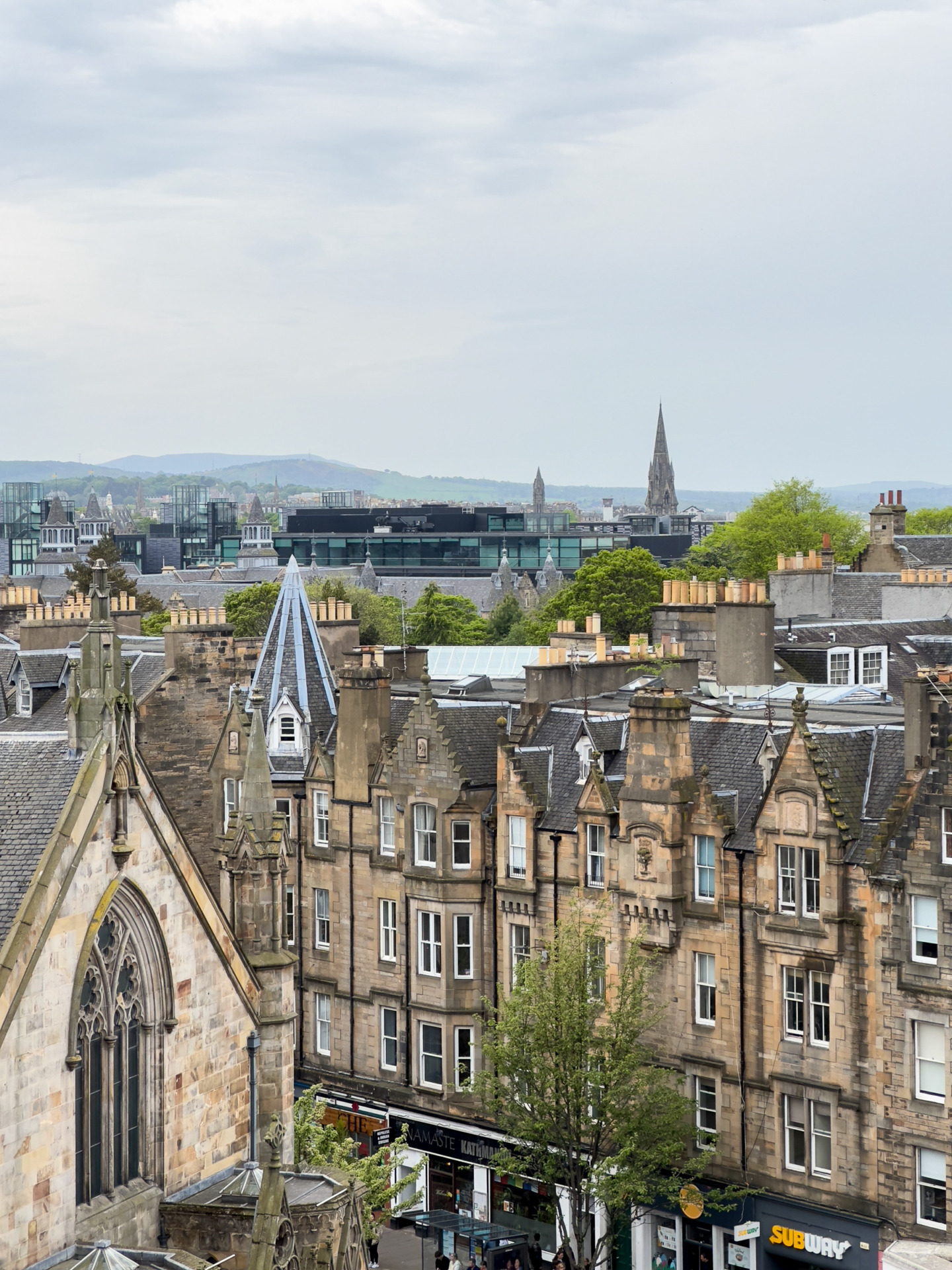
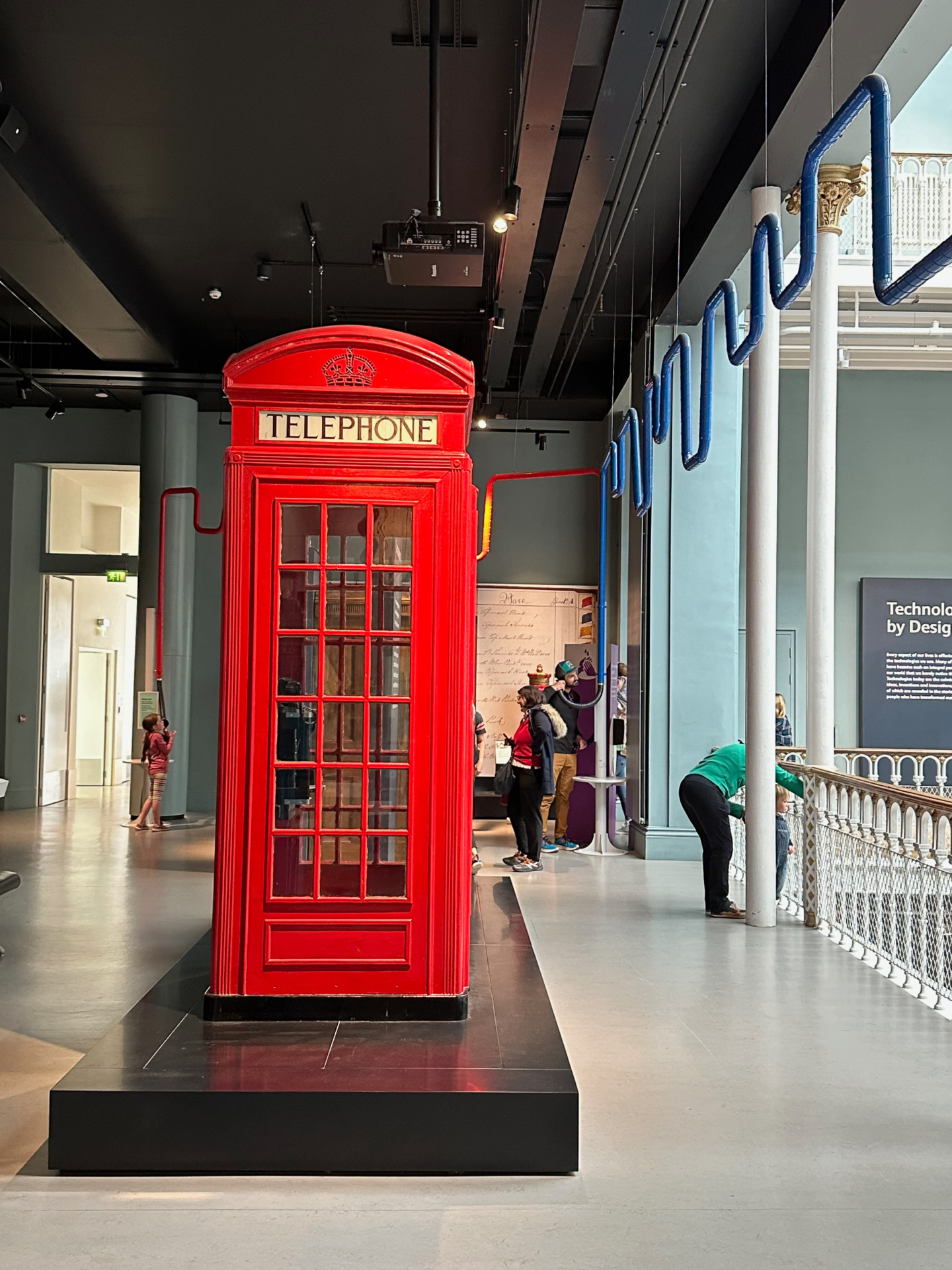
National Museum of Scotland
Chambers StEdinburgh, Scotland EH1 1JF



